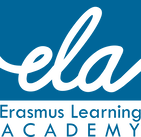MORALSTEAM 2nd TPM - Presenting the first version of the Videogame and planning the next steps!11/26/2021 The second Transnational Project Meeting of the KA2-MORALSTEAM took place online on November the 3rd. The main purpose of meeitng with the Project Coordinator Planet Alive and the the project partners, Tag of Joy and Aspect, was presenting and discussing the first version of the videogame. The creators of the game Tag of joy introduced the mechanics of the game, the menu items and the story line.
The storyline of the game changes according to the player's choices, which are based on the theory of spiral dynamics. This means that choices are formulated matching and respecting a wide spectrum of virtues affecting players‘ choices. All partners provided suggestions on how the game could display points-values for certain choices and how the results are displayed. Based on the proposals, Tag of joy will program the awarding of points-values. The partners discussed then the next phases of the project, inclusing translation into the languages of the project partners and testing the game with children. A second research will follow the testing, whereby children will be asked to rate and express their opinion on the game developed. The final version of the game will be presented at the final dissemination events. We can't wait for children to test the game and for the last steps of the project! Stay tuned ;)
Nowadays, schools and educational programs are welcoming a wide variety of people whose socio-cultural backgrounds are very diverse. To help students adjusting to a new cultural environment, on the one hand, and to model critical and open minds valuing and celebrating diversity rather than rejecting it, on the other, is one of the biggest challenges for teachers.
How can we promote and celebrate cultural diversity in the classroom, transforming a multicultural classroom into a classroom that is inclusive of all diversities?
To answer this question, 10 teachers coming from Spain, Germany, Croatia, Norway and Austria met from 14/11/2021 to 20/11/2021 to take part in the course “Intercultural learning and cultural diversity in the classroom”. They all shared a mutual need and desire to improve their intercultural skills and to enrich their toolbox to shape an inclusive classroom.
The course started with acknowledging the importance of reflecting on the meaning of words. The participant altogether tried to build an understanding of what “intercultural learning” means to them and explored the differences between “multicultural”, “cross-cultural” and “intercultural” to become more attentive in describing an interpreting the interaction of different cultures.
Participants engaged then in practical activities and reflection exercises to build a stronger understanding of the vicious cycle of stereotypes. It was a chance for them to reflect on real cases they experience at school every day, whereby the reiteration of stereotypes leads to prejudices and discrimination generating a vicious cycle that strengthens the stereotype itself. As put in a inspiration TED Talk we saw - “Show a people as one thing — as only one thing — over and over again, and that is what they become.
In the last thematic area of reflection, participants reflected on the importance to foster respect, awareness, emapthy and membership in their classes as desired outcomes of a inclusive classroom. To do so the group engaged in challenging and engaging simulations activities. We learned, while having fun, that behind the ambuguity and misunderstanding that may arise in cross-cultural communication, we can find the key to ackowledge the complexity of “intercultural communication”. The activities can be proposed in the class to make students questioning assumptions about what they consider to be “the norm”, while embracing the willingness to find connections and common grounds of understanding and respect among different cultures.
As part of the learning process and the (inter) cultural offer of the course, participants had the chance to meet a representative of a local association in Bologna dealing with intercultural projects. They were thus given the chance to see Bologna from another perspective, making them even more eager and curious to put the knowledge gained in classroom into action while discovering the city and interacting with our locals. Not only they discovered hidden places but they recorded their discoveries in a Padlet, enriching a collection of local experiences perceived through mutliple glasses! ;)
More info on the course “Intercultural learning and cultural diversity in the classroom” at this link: https://www.erasmustrainingcourses.com/diversity-and-intercultural-learning-in-the-classroom.html
This current pandemic has tested our nerves quite a lot. To cope with the constant switching from in class to remote learning, we can safely say that most of us have found in digital tools a valuable ally, putting us in front of a major change in the way our education systems work. But upon our return to classes on a regular schedule and in order to avoid losing touch with the efficiency that ICT tools are able to provide to our lessons, what tools can we use to make our job as teachers easier and the students’ learning process more effective?
Another topic explored was Weebly, a website building tool which can serve multiple options of use in distance learning. By setting up different pages and enriching them with contents, our participants had the opportunity to personalize their website and explore different possibilities of use with their students: from building their own website to share extra resources with students, to asking them to build their portfolios or writing a blog to report the development stages of a project, they were left impressed by the facility with which one can create an entire website with just few clicks… and some patience ;)
Participants found it very useful for submitting homework, or study material or even use as assessment thanks to the different options of Multiple choice and Open Answer questions that we can embed directly in the video. The third app explored to create more interactive didactic materials was Quizlet, thanks to which teachers can create decks of flashcards about words definitions, words translations, words association with images etc... and ask students to get familiar with the concepts by playing the deck in multiple ways. As our participants have tested on their skin, the best part is to play Quizlet “Live”, an in-class playful activity which requires each team to develop coordination, mutual help and good communication to become the winner. Finally, on the last day, we revised all the topics and tools studied during the week by playing (and afterwards practicing) Bamboozle, the best tool for bringing a healthy dose of competition and fun between teams while revising and checking knowledge.
More info on the course “Making the most of new technologies, apps and social media in the classroom” at this link: www.erasmustrainingcourses.com/social-media-in-the-classroom.html and the course "Discover the best apps and tools for e-learning, distance learning and web design" at this link: www.erasmustrainingcourses.com/e-learning-and-web-design.html The course “Teaching languages in the digital era: the best apps, web platforms and ICT solutions for learning languages” took place in Bologna from 14/11/2021 to 20/11/2021. There, 11 participants from Czech Republic, Romania, Spain, Belgium, Lithuania, and Poland had the pleasure to met each other: Veronika and Daniel from Brno University of Technology, Monica, Lilianan and Alexandra from Liceul de Informatica Tiberiu Popoviciu, Antonio from San Marciano José Colegio diocesano Santa Cruz, Ella and Sofie from Heilig Hartinstituut Heverlee, Rita form Public Service Language Centre, Jessie from CVO Semper, Radomil from Technikum TEB Edukacja w Bielsku-Bialej..
“Learn tools for debates and boosting critical thinking” “Create a video about grammar topics using interesting graphics” “Create a range of vocabulary exercises as well as listening comprehension tasks" Participants explored the potentials of Google Jamboard to create visually captivating lessons and whiteboards. They also used it as a tool to present themselves in a digital way. Several tools were then explored with the aim of discovering the power of multimedia and videos in teaching languages. The teachers found Powtoon extremely engaging thanks to the cartoon effects and engaged in creating grammar presentations and videos to recap content. Participants found then Canva and its user-friendly interface as one of the best options to get started in creating engaging worksheet and explainer videos in few click thanks to the may templates available. Two platforms were then explored to start using game-based learning in language classes. Quizlet and Baamboozle are both making use of flashcards as a tool to practice vocabulary and grammar. Participants had fun particularly testing the Live version of Quizlet and creating their own board games in Baamboozle. Tools for creating lessons around videos were also tested. Both Ted-Ed and Ed-puzzle allow teachers to turn videos into real listening comprehension tasks by adding questions, notes, voiceovers and discussion prompts. A powerful platform to learn language in context and train students in building and motivating their argument is Kialo. Participants became highly engaged in testing it, first devising motivating discussion prompts and then taking part into each other debates, and found it very useful either to improve writing and argumentation skills and to prepare for an essay or a classroom discussion. Other useful web platforms which we explored were Weebly, to get started in web design without the need to code, Socrative, to ask students quick questions and get immediate feedback on their level of understanding, Mentimeter, to create interactive presentation and brainstorm vocabulary. To use the word of one of our participants, “Before the course I had no idea there were so many great resources available virtually for free”. The tools discovered and practiced during the course all provided an opportunity for teachers to rethink the delivery methods of their language classes, with the aim of getting closer to the (technological) world our students live in.
How to ask the right questions to students? How to guide them in making decisions, without suggesting the right or correct answer? Being a teacher and being a coach, it is different. Being teachers means transferring knowledge to support students in the development of awareness, skills, and abilities; Being a coach means supporting individual development by listening, asking questions, and posing challenges. Understanding the complexity of this role was the purpose of the training week which held from 7 to 13 November, involving a group of teachers from all over Europe, trying to deepen the topic of “emotional intelligence and coaching inside the school and educational context”. 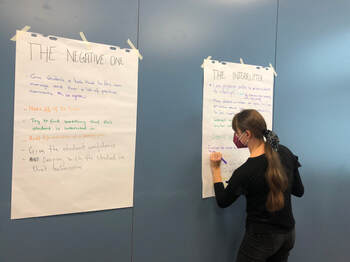 To lead a group and to listen to the students' needs, the first step is to develop an Emotional Intelligence that enables to understand the emotions the students express and to help them develop self-awareness and self-control in the management of emotions. Another step is to understand how to structure and define goals, in order to guide students in the construction of SMART objectives: specific, measurable, achievable, realistic, time bounded. The questions we need to help them ask themselves are: Is it a SMART goal? Is it specific enough? Is is saying when we will attain that? Is it saying how? Another role of teachers as "coaches" of students is to help them understand how to act in a conflictual situation, asking them the right questions and supporting them in finding a solution more suited to the context. We discovered that is good to keep in mind that it’s not always possible to find the best solution for everyone. Sometimes you need to be accommodating, other times you need to make an unpopular decision. The best option is to find a new solution through collaboration between the two parties, to create something innovative that replaces the previous situation with a better one. On the other side, it is important to remember that the role of the coach is not to suggest the solution, but to guide the student in the analysis of conflict, in the decision making, and in the evaluation of their behaviour. Concerning this, we deepened the power of questions, as a way to promote “thinking”, to foster the creation of answers you believe in and to motivate to act by following your ideas. That’s why we explored how to build a learning-focused questions, starting with an invitation to engage, proposing a content to think about, underling a cognitive focus for thinking and elaborating. On the other side, we analysed the “Solution Focused Brief Coaching” model, as a guide to promote in students a solution-based way of thinking. This training week is over, and the time has come to say goodbye! A special thanks to all the teachers who made this course unique, through their original contributions and the mutual sharing of experiences. More info on these courses at: https://www.erasmustrainingcourses.com/soft-skills-for-education-staff.html and https://www.erasmustrainingcourses.com/public-speaking-and-presentation-skills-for-teachers.html
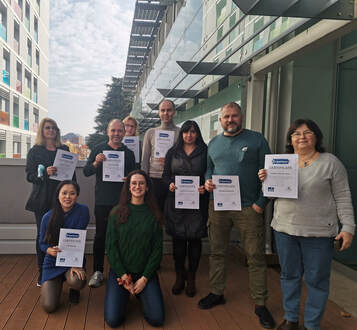 We are all aware of the importance of technology in our life: we use it everyday, in our private and professional life. It has become a must for teachers and educational staff to know how to integrate new technologies into the classroom. This is the reason why our course “Integrating ICT and new technologies into teaching and education” was born: to gain an outlook on best practices and concrete ways to use ICT to empower and support education. The second week of November we had the pleasure to welcome 9 participants from different schools and countries: Gymnasium Arnoldinum in Germany, Siauliai Saulius Sondeckis art gymnasium in Lithuania, Liceul Teoretic "N. Balcescu" Cluj-Napoca in Romania, IES Sierra Mágina in Spain, Inholland University of Applied Science in Denmark and 17th School Damyan Gruev in Bulgaria. They were all extremely motivated and enthusiast to start the week and delve deep into the wonderful world of ICT. 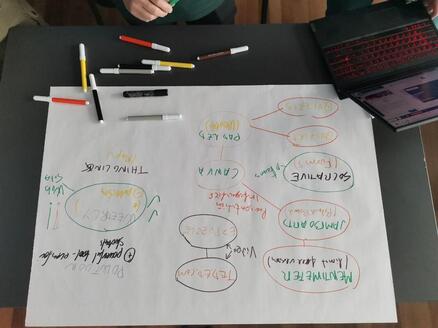 The first tool we discovered together with the group was Jamboard: a virtual whiteboard, perfect to lead lessons or collaborative projects with your students. The participants took some time to work a little bit individually and prepared a small presentation to share something about themselves in front of the others. This was the perfect start! After getting familiar with this tool, we carried on with another app to create engaging presentation: with Mentimeter you can present, create polls, quizzes, word clouds and much more. It was fun to have a look at all the contents created by the group! The second day we analysed two wonderful applications, made for creating a lesson around a video: TedEd and EdPuzzle. The group tried to add questions, notes, links, voice over to a video, which can be later shared with the students as an assignment. The teachers were also very interested in tools to create video presentations and we had the perfect app for that: PowToon. Powtoon's goal is to empower individuals, teachers, and students to achieve results by transforming communications into visual experiences that get their audience to care, connect, and act. Another tool that we explored to create video presentations was Canva: not only can you create videos starting by awesome templates, but you can also craft stunning presentations, posters, infographics and much more. On Thursday we also led a small introduction on web design, to allow the teachers to gain the basic information to start their own website. With Weebly this process is very easy and straightforward, as the participants realised. The last day we finished up with few more applications. One of them was Thinglink: the easiest way to create exciting, interactive experiences and virtual tours by quickly creating and sharing interactive images, videos, 360 media, and 3D models with clickable tags. Finally, we discovered some tools to assess the knowledge of the students in real time, thanks to open-ended or true/false quizzes. The group created some interesting quiz about their countries and we tested the knowledge of everyone :) After some more practice, it was already time for the certificate ceremony, where we had the chance to congratulate each participant and take some picture all together. Let’s finish this article with a nice review from one of our teachers: “The ICT and new technologies course will help me to make more attractive lessons fo my students. Here in Bologna I found teachers from all parts of Europe and this is great”. 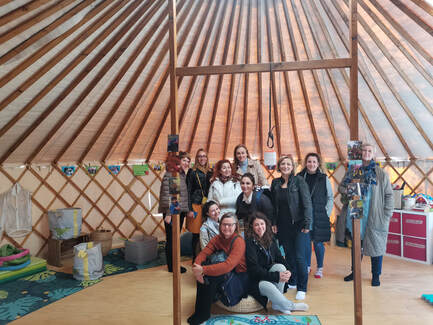 On the 31st of October we once again welcomed preschool teachers from all over Europe to share with them our best methods of teaching. We were pleased to meet participants from Greece, Spain, Romania, Latvia, and Denmark. After a day of exploring Bologna and its seven secrets, it was time to get to work. On Monday we made sure that everyone was on the same page with the use of a tree model. We filled out three categories - our fears, expectations, and our contribution to the group. This started a lengthy discussion about everyone’s experiences and knowledge about topics at hand. The next day we focused on the importance of teaching in a playful way. As one of the participants stated, if you have joy, you have interest to learn. The main task of the day was to to introduce non-formal education in the classroom. The teachers had to come up with a creative way to introduce themselves to the group, and we got to witness a lot of dancing, singing, presenting collages, and even poetry! That day we were also introduced to Kolb’s experiential teaching cycle - we wanted to show the participants how to make sure that their kids remember what they learned. The day finished with an activity that helped expand our empathy and awareness of inclusion…always remember: everyone is important, different, and brings something to the table. On Wednesday we had the pleasure to speak with a teacher from a Montessori school in Bologna, who showed us the back door of using this method of teaching. She told us about how the teachers don’t interfere with the child’s natural learning cycle, and they let them learn from their achievements and mistakes. The reality of this way of teaching was interesting to see, as it was hard to imagine how to let children make deliberate mistakes, and then learn from them - all in a safe way. Before the wrap up on Friday, we took the participants to explore an outdoor education school. It was fascinating to see how you can incorporate a child’s need for nature into everyday life. We were met with mud kitchens, anger targets on trees, common room tipis, collective gardens, and many more wonderful experiences. Giulia, one of the educators, was very welcoming with us, answering all our questions and doubts. Lastly, we explored the Reggio Emilia approach, talking about the history, the most important elements and key words. We showed the groups pictures, video and documentations from the Reggio Centre and from different kindergarten in Reggio Emilia.
By the end of the week, our participants had great insight into a few different teaching approaches in Italy, and we can say with confidence that they left the course with many, many ideas. The first week of November in Bologna started with two courses about Soft Skills and Emotional Intelligence and Effective Communication and Public Speaking. “How can we learn to be assertive and built awareness in our communication style?” “How can we be effective public speaker?” “How can we solve conflicts in our classes?” These and many others were the questions that leaded teachers from all over the Europe (Germany, Czech Republic, Hungary, Estonia, England and Croatia) into a journey through the world of soft skills and public speaking. After some networking and cultural activities in which the participants started to get to know each other, they discussed together about how emotional intelligence and empathy can play a crucial role to better connect with their students and understand more about their emotions. At the same time, they focused on what our body language can say about us and about our students. It was an intense and rewarding journey, the one they took to get out of their comfort zone and try to put everything into perspective. Public speaking has been in the spotlight from the beginning: you cannot not communicate. Our body speaks for us and even if we don't realize it, on a subconscious level we always receive signals from the body language of others. Through some activities, the participants realized how much the non-verbal and paraverbal communication is important. We all receive information and learn through our senses. Then, they focused more on empathy: the importance of looking at things as if they were in other people's shoes, not judging, being able to understand other people's feelings and communicating not just by talking but by active listening. Communication was also one of the key points addressed during the course: assertive, passive, aggressive, passive-aggressive were the communication style they investigated by analyzing some examples from each style and trying to figure out how they can recognize them. Are we really aware of the way we communicate? How is it difficult to say no and to communicate in an assertive way?
Schools from all over Europe applied to our training course on how to manage stress and conflict in the classroom. The participants started the week with defining what stress is - what causes it, how it manifests physically, mentally, emotionally. First, from their point of view, then from their students’ point of view, and how that can manifest during teaching. They also learned about the chemical components of what we call “stress”, which helped them to understand how their brain chemistry influences the emotions they’re familiar with. Going on into the week, the participants were taught how to handle stress within their own bodies and minds, and how to turn stress into a productive energy. On Tuesday, the participants got familiarized with different breathing exercises to help battle stress and create their own comfort zones, where they feel safe and relaxed (and can reach for in times of distress), like the CALM exercise. CALM stands for Chest, Arms, Legs, Mouth, and describes the areas of your body where you’re supposed to tense them up, and then relax them completely. This helps release tension from your muscles, thus sending signals to your body that you are safe. Now that they knew how to deal with stress, we moved onto how to avoid stressful situations, for example via time management. Introducing the Eisenhower method - dividing tasks into four categories: critical and immediate (to be prioritized instantly!), critical but not immediate, not critical but immediate, and uncategorized. This method helps to prioritize tasks when you have too much on your mind, and get overwhelmed by the work you have to do all at once. 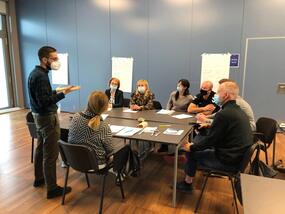 Can you like conflict? was a question that popped up many times during our Thursday session about conflict management and how to turn the negative into positive. Most people would label conflict as something to avoid at all costs - we say otherwise. Yes, conflict is intense and can be stressful, but we learned how to take exactly what we need out of confrontation. Confrontation gives you an insight into your conversation partner’s point of view, so learning how to control your emotions under irritation or anger is a great tool to become more empathetic. Equipped with all these tools, our participants are taking them home to introduce them to their own work environment. We’re sure that after staying with us this week, their job becomes less stressful and their students are happier! Ciao, hope to see you again! |
Welcome to the ELA Blog. Here you will find articles and photos of our courses and have a look at the topics addressed during the week in Bologna, Palermo and Tenerife. You will also have the chance to take a peek at our projects and check out what we have been up to.
Archives
July 2024
Categories |
-
Course catalogue
- 2023-2024 course catalogue
- Soft Skills >
- ICT and New Technologies >
- Inclusion and Diversity >
-
Innovative Teaching Methods
>
- Innovative teaching methods discovery
- Non-formal education teaching methods
- Dual education and work-based learning
- Teaching leadership and entrepreneurship
- Project based learning
- Game based learning and gamification
- Green skills
- Outdoor education
- Outdoor education trekking edition
- Promoting creativity and critical thinking
- Languages and EU projects >
- Preschool >
- Erasmus Plus KA1
- What we do
- About us
- Locations
- Blog
- Contact us
 English
English български
български Čeština
Čeština Español
Español Français
Français ελληνικά
ελληνικά Italiano
Italiano Polski
Polski Português
Português Română
Română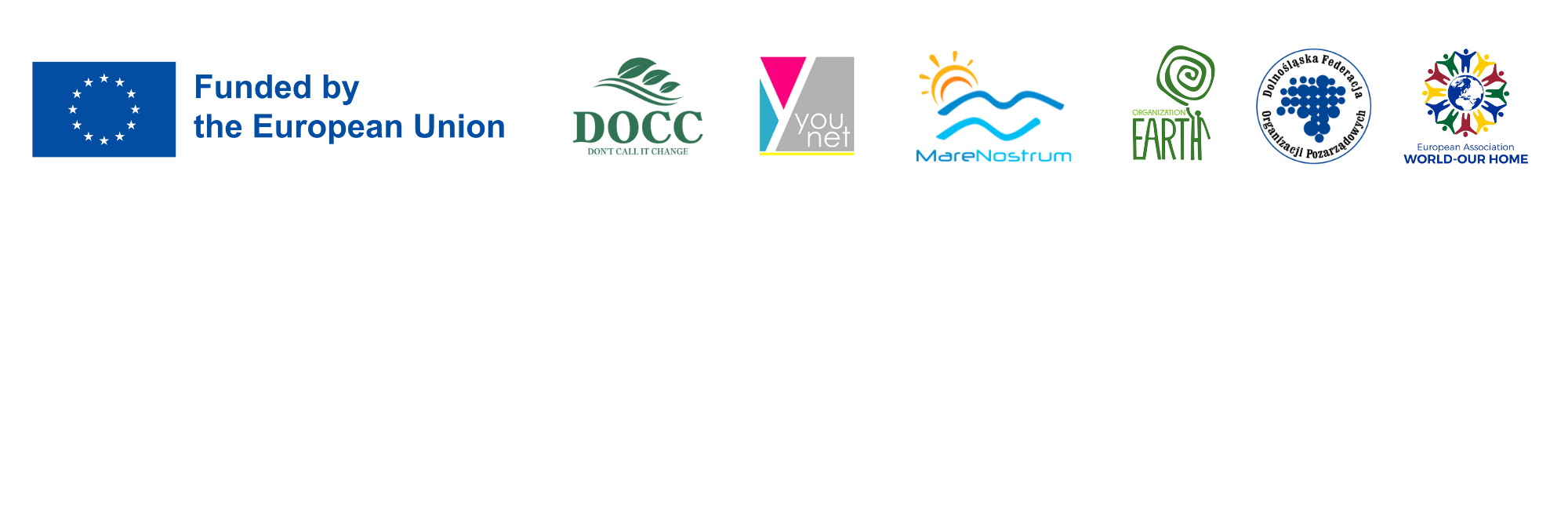
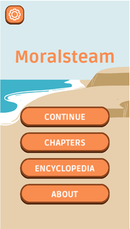
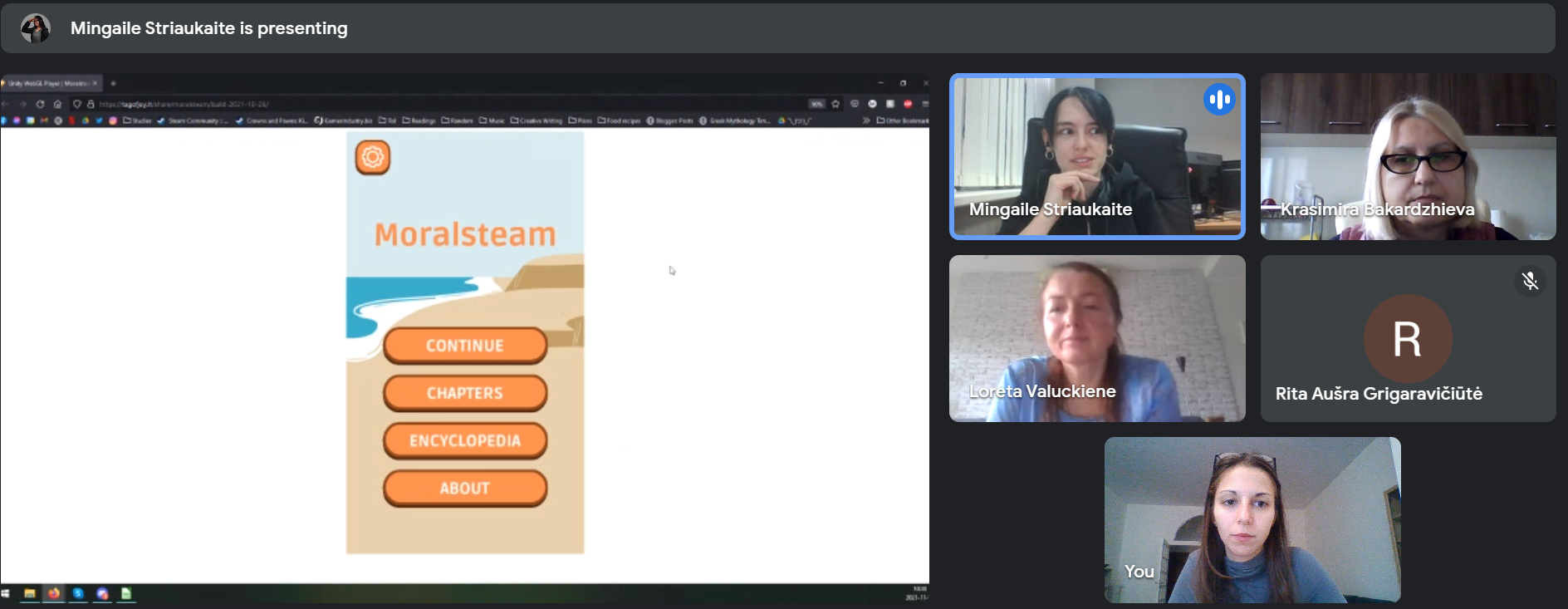
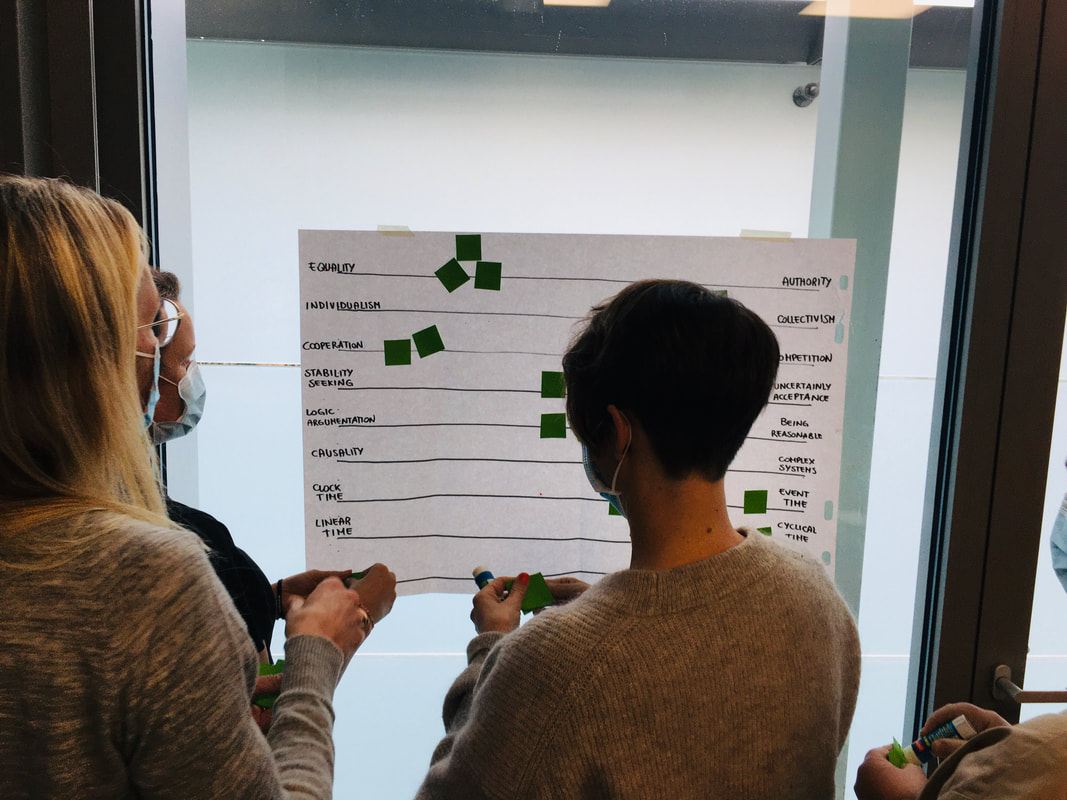
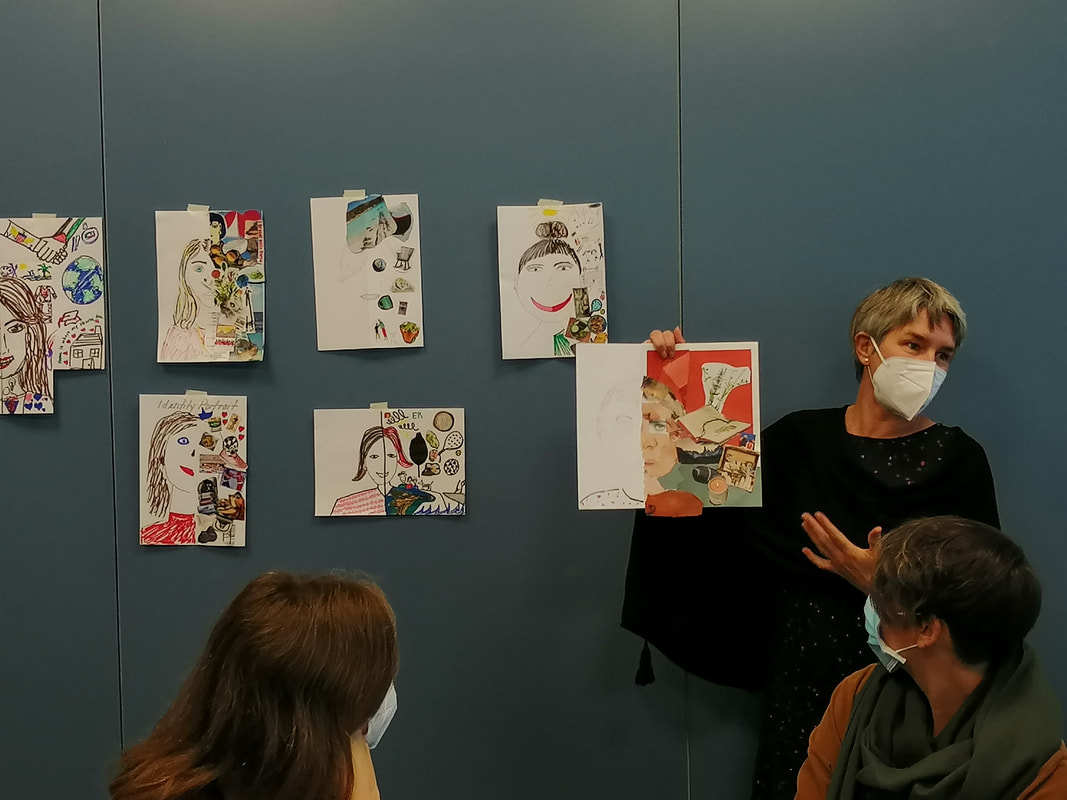
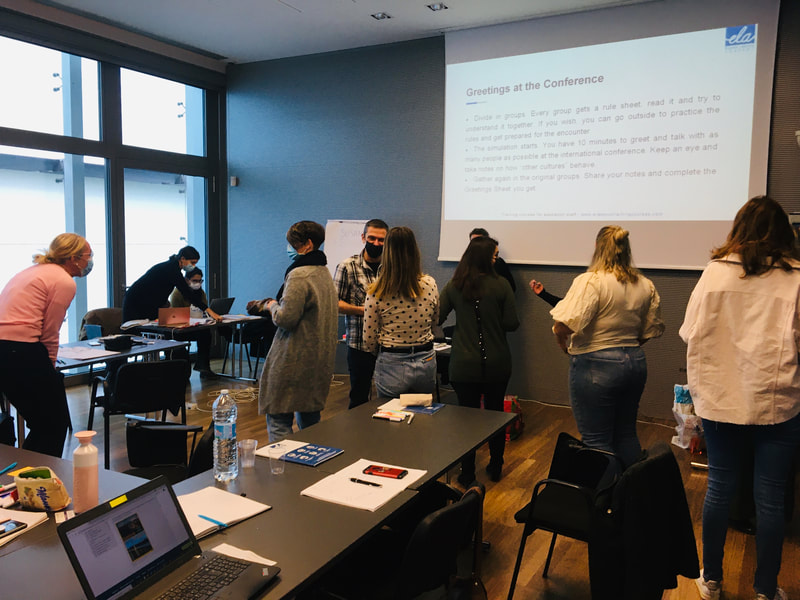
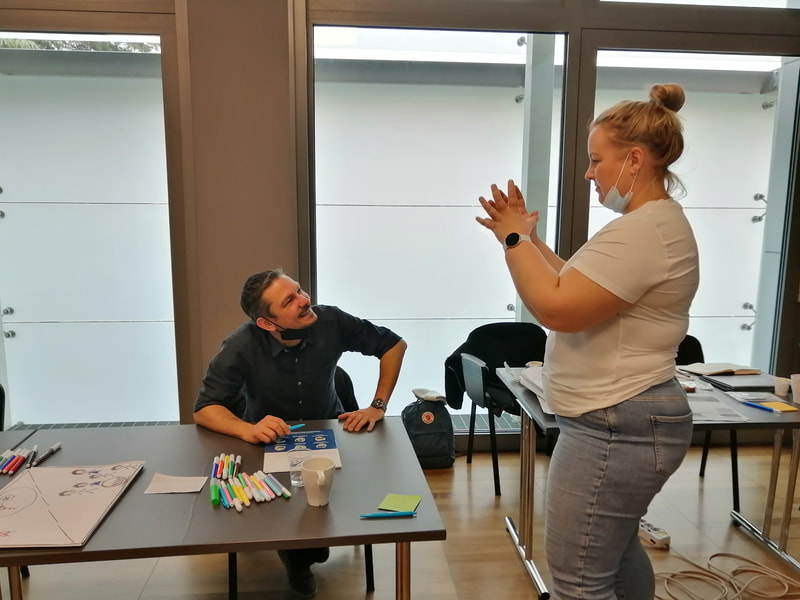
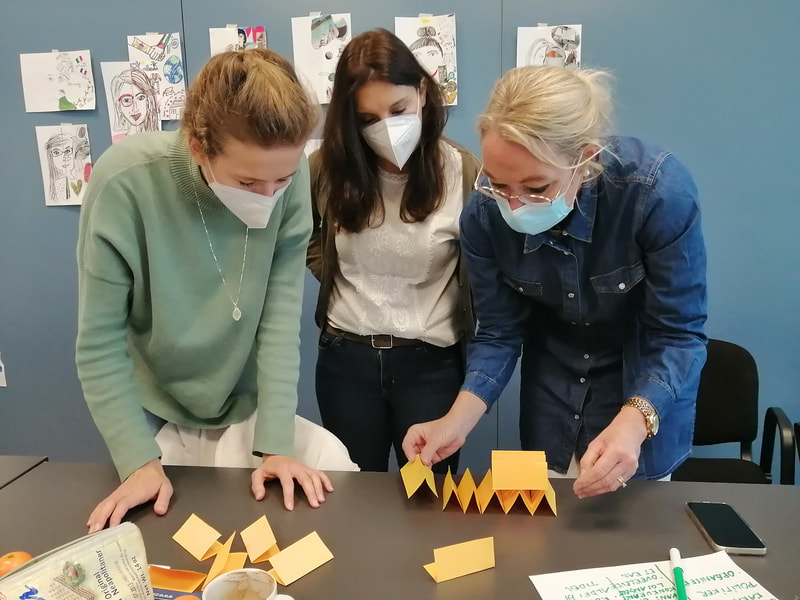
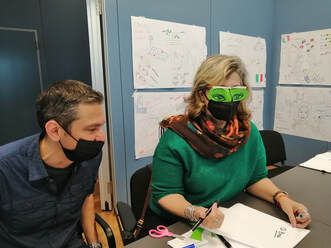
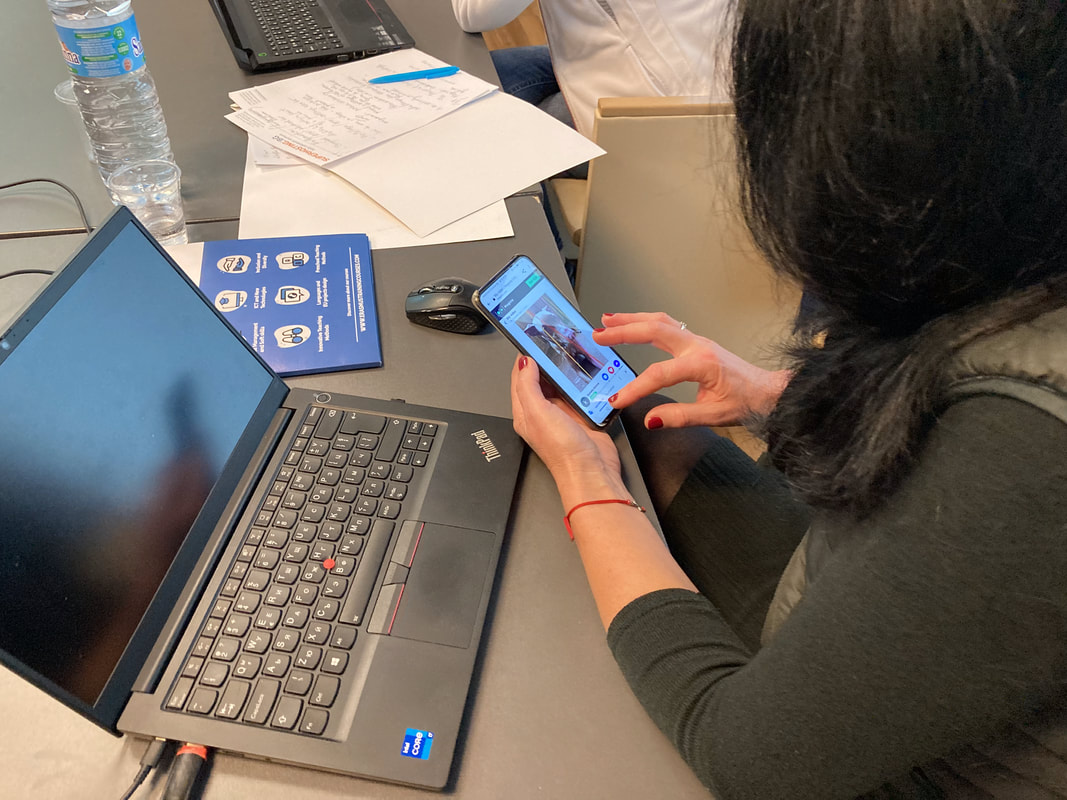
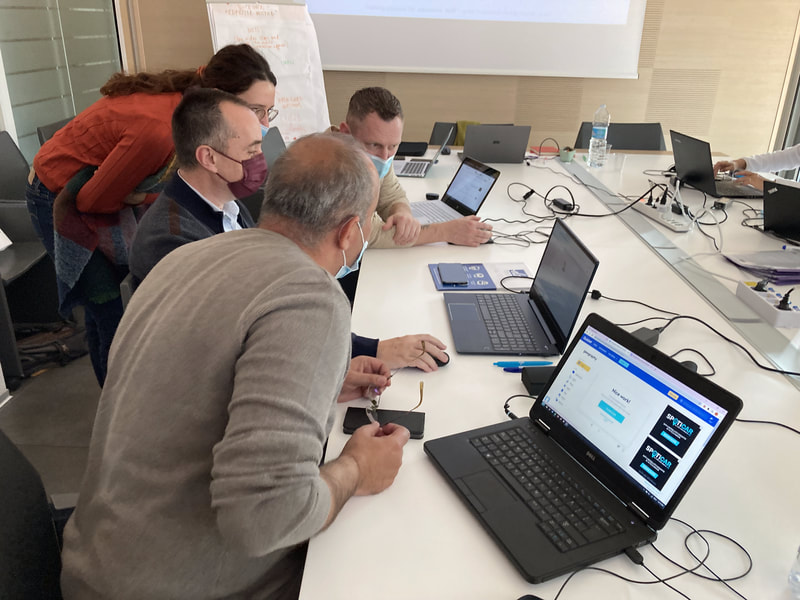
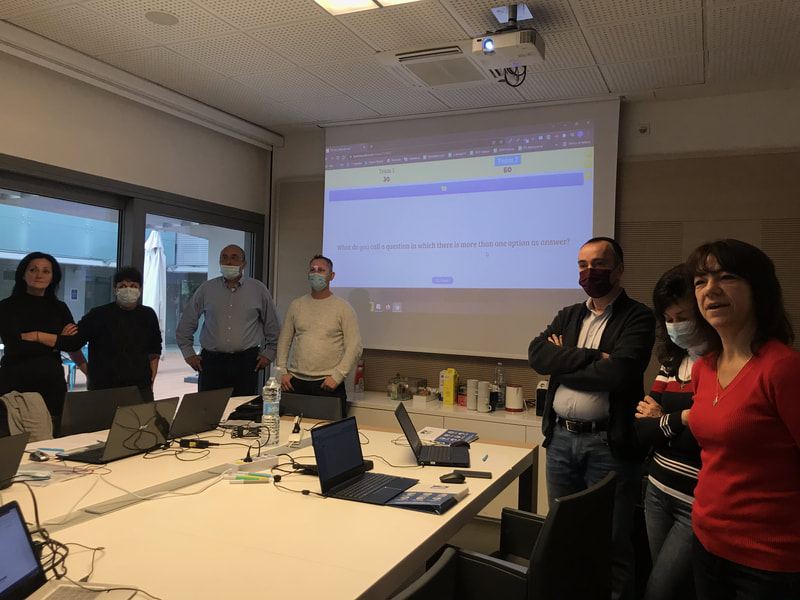
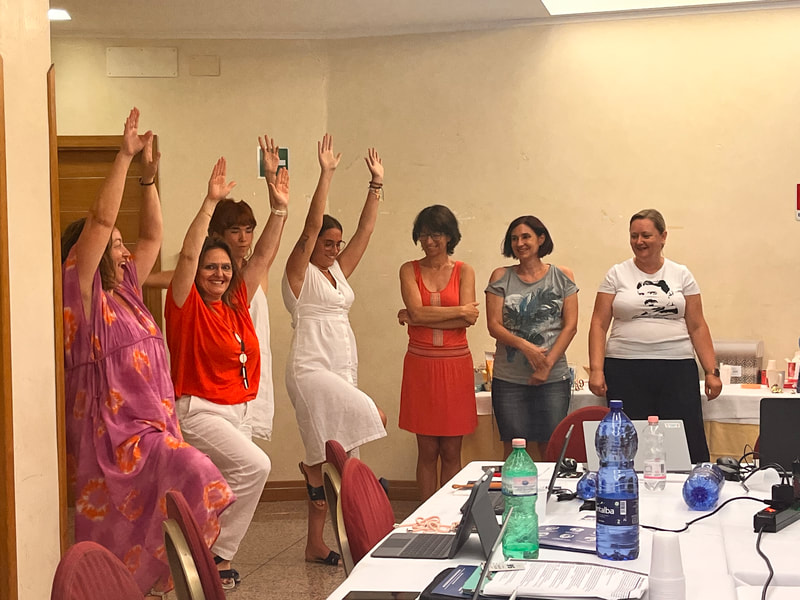
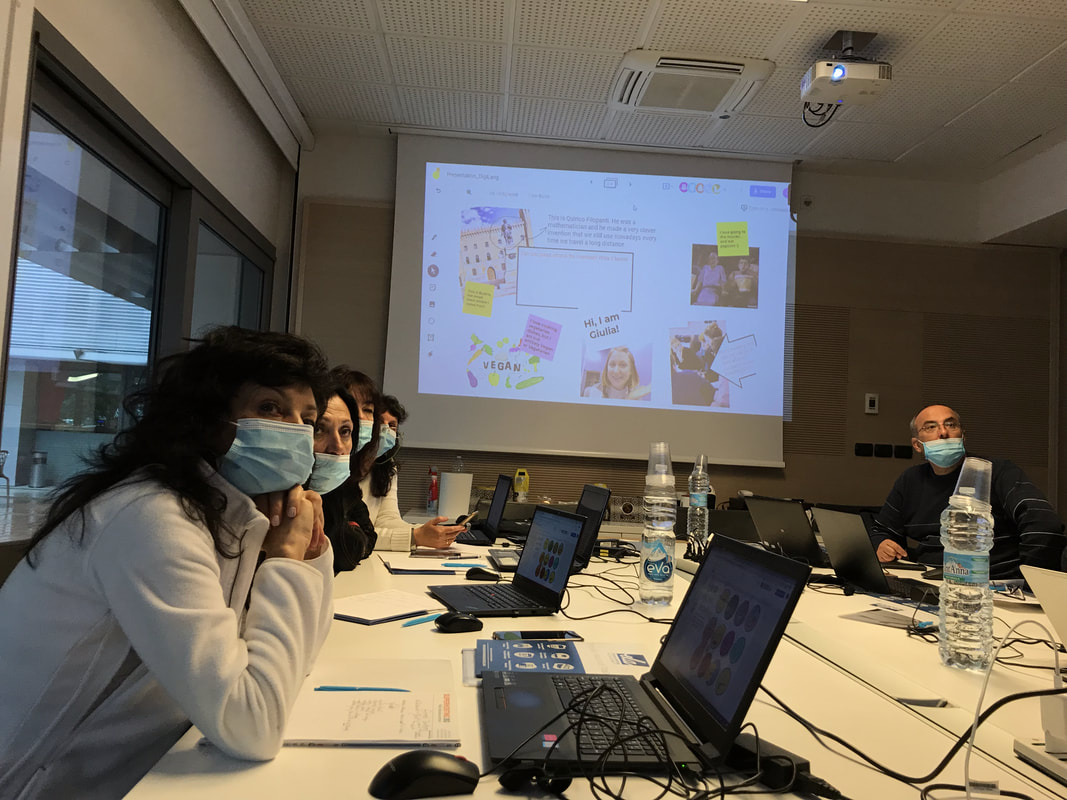
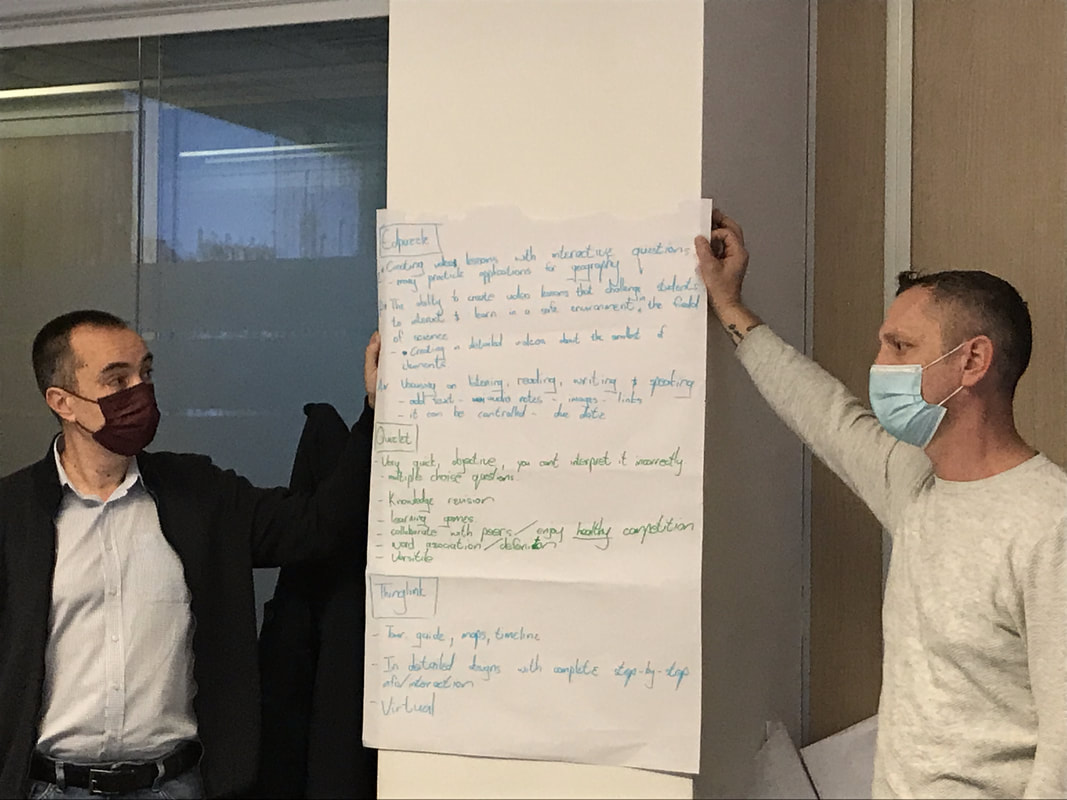
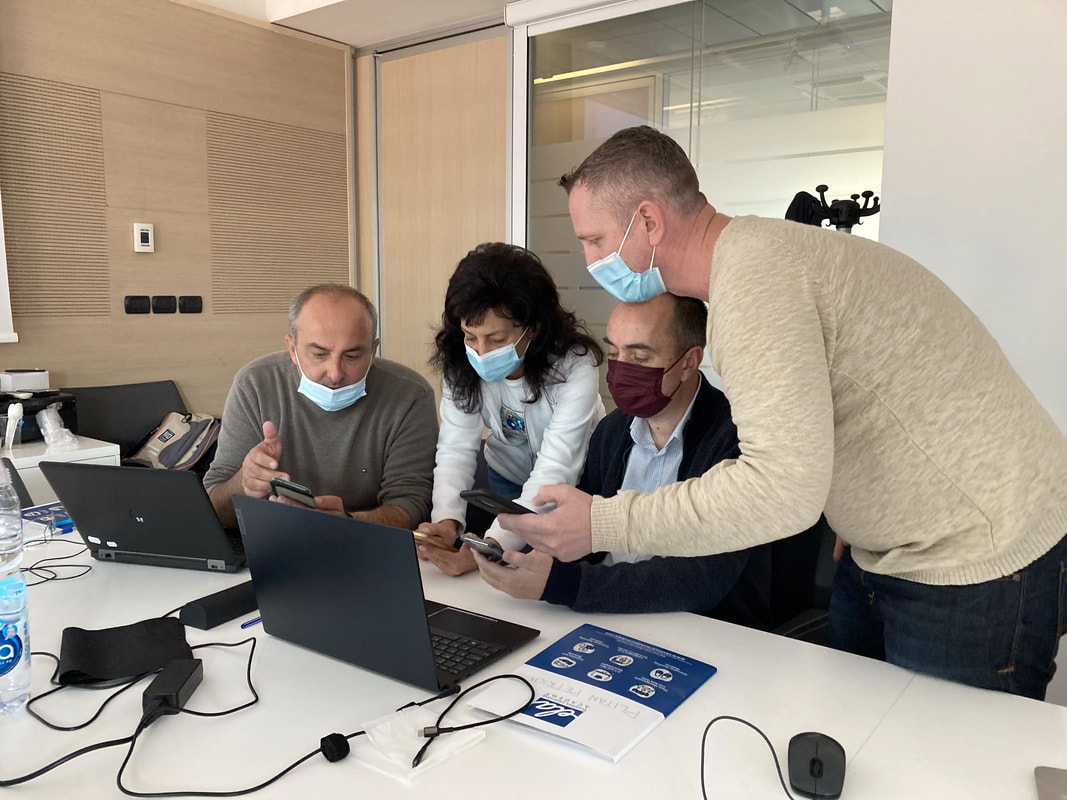
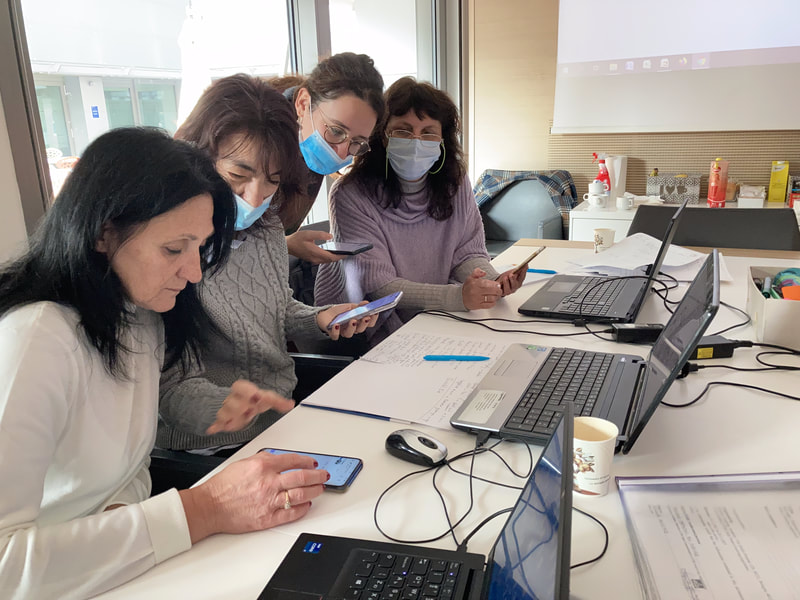
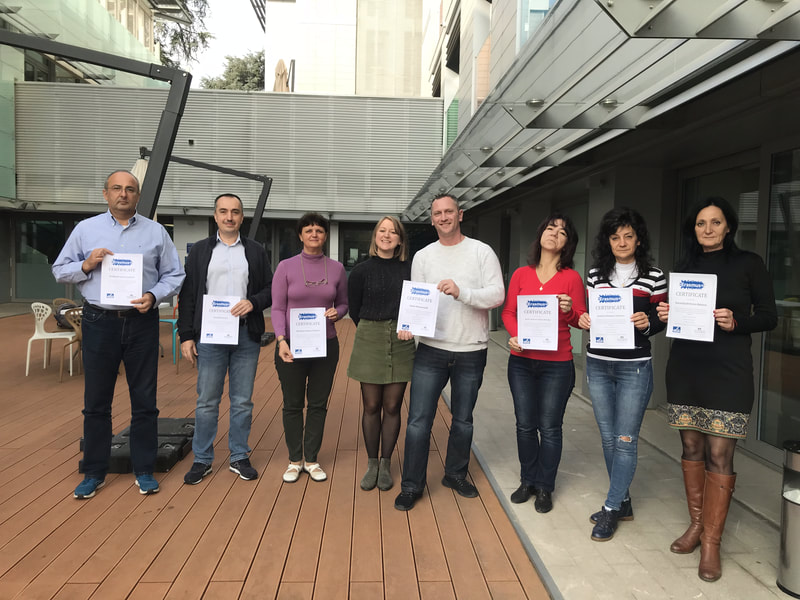
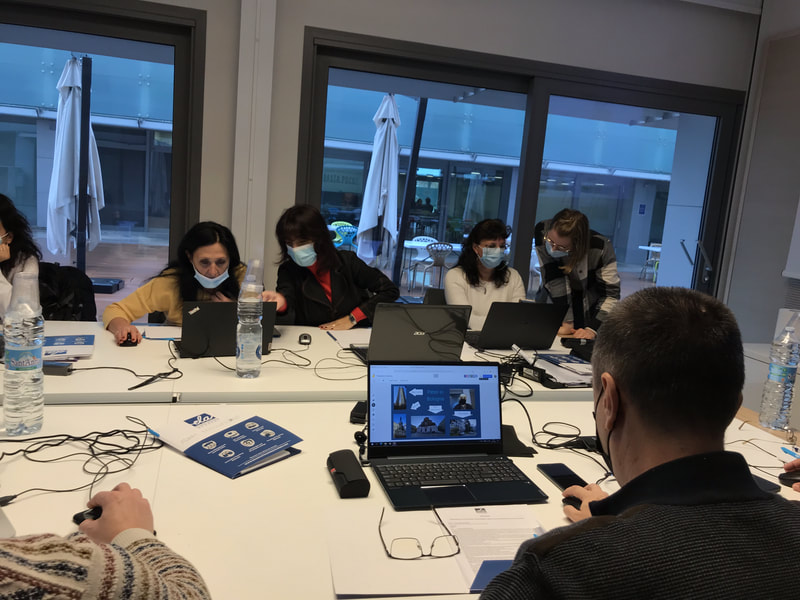
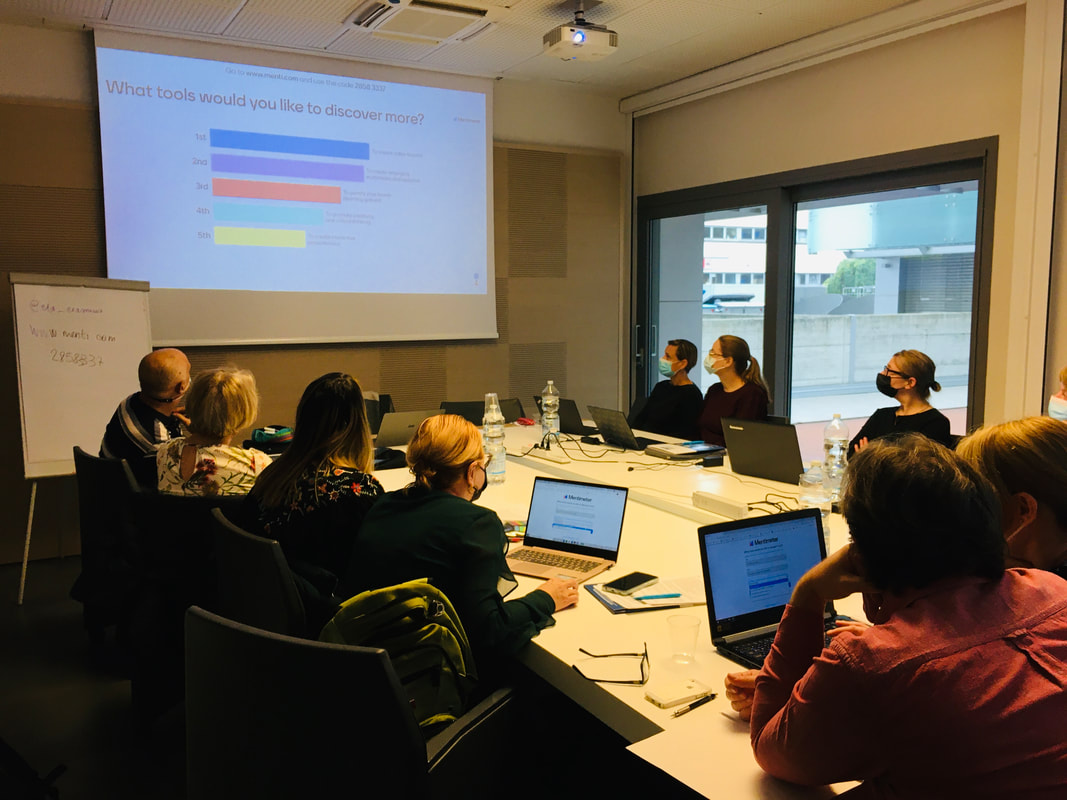
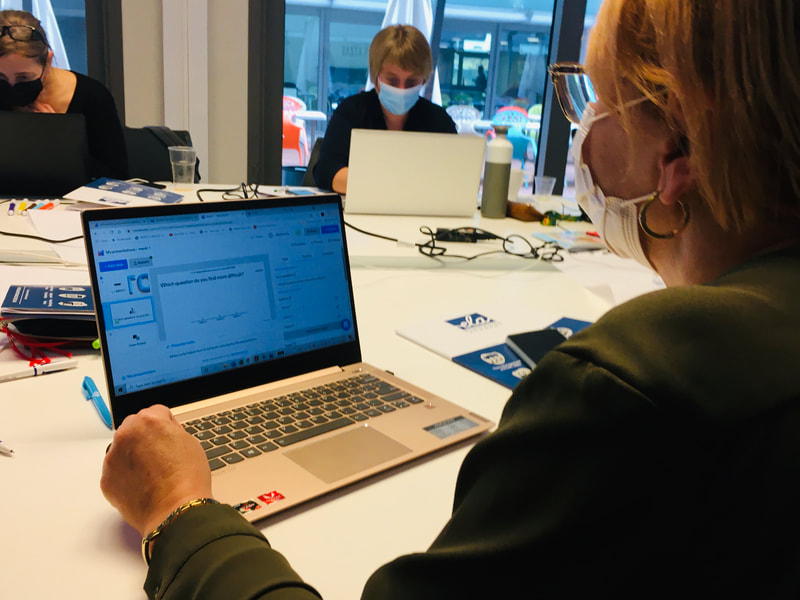
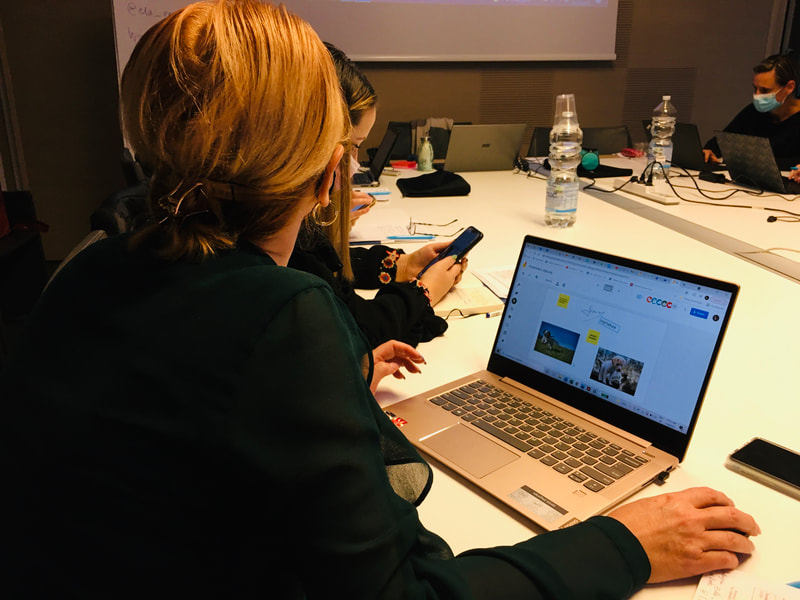
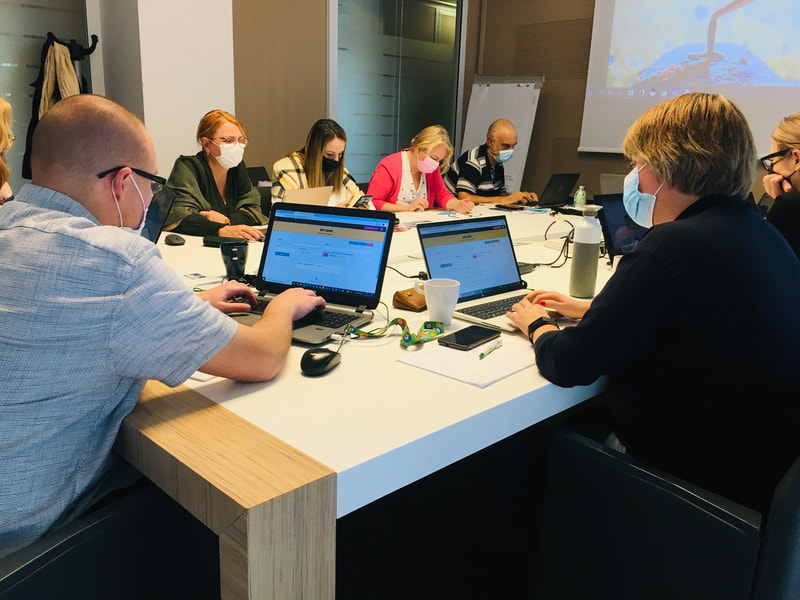

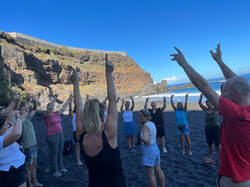

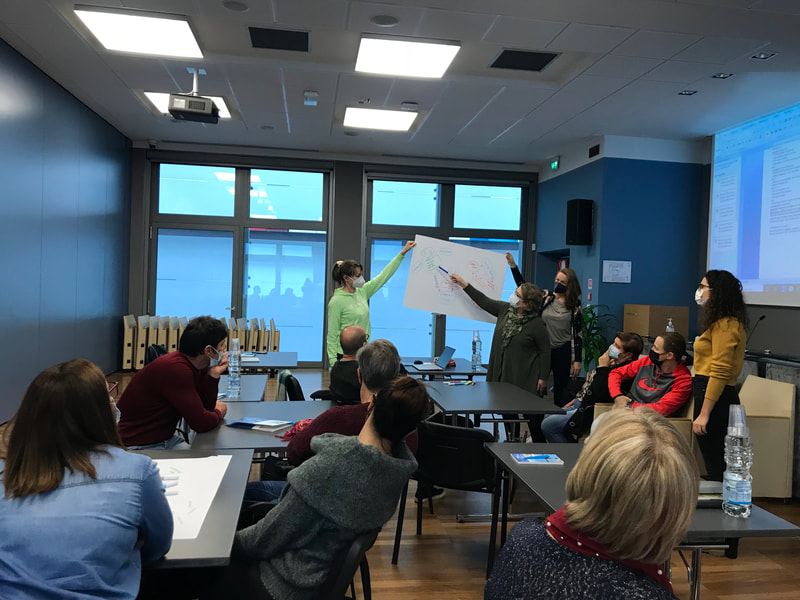
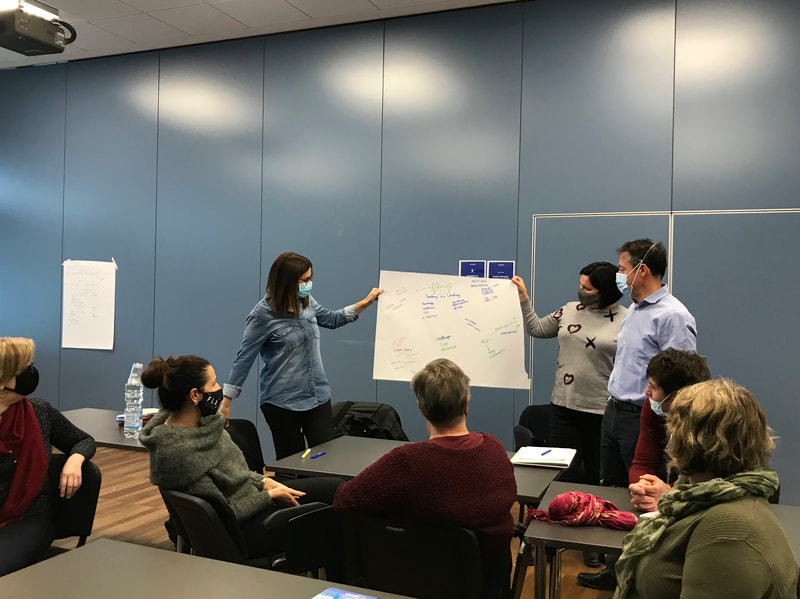
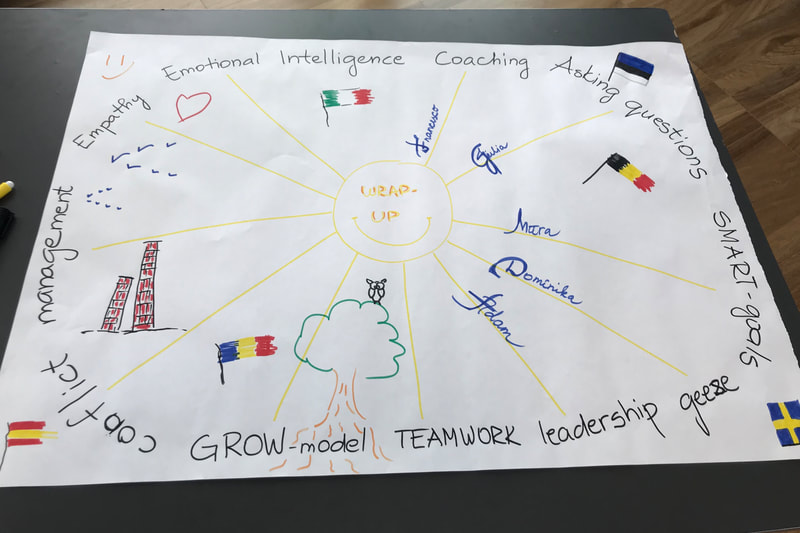
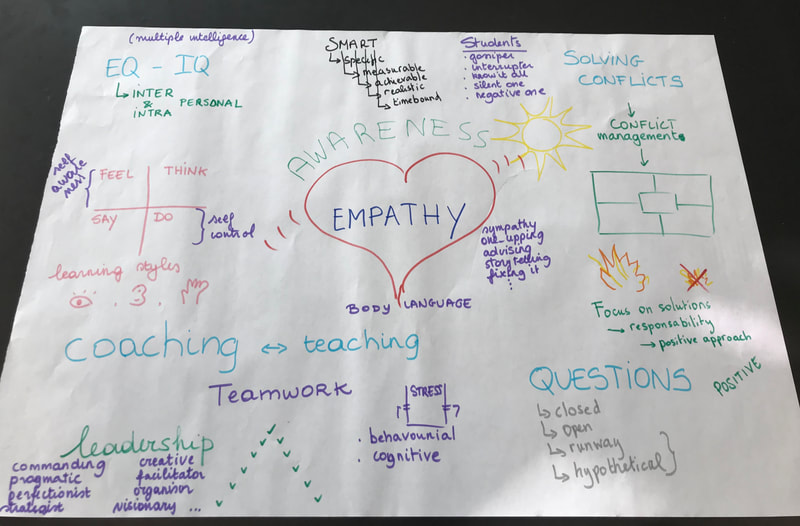
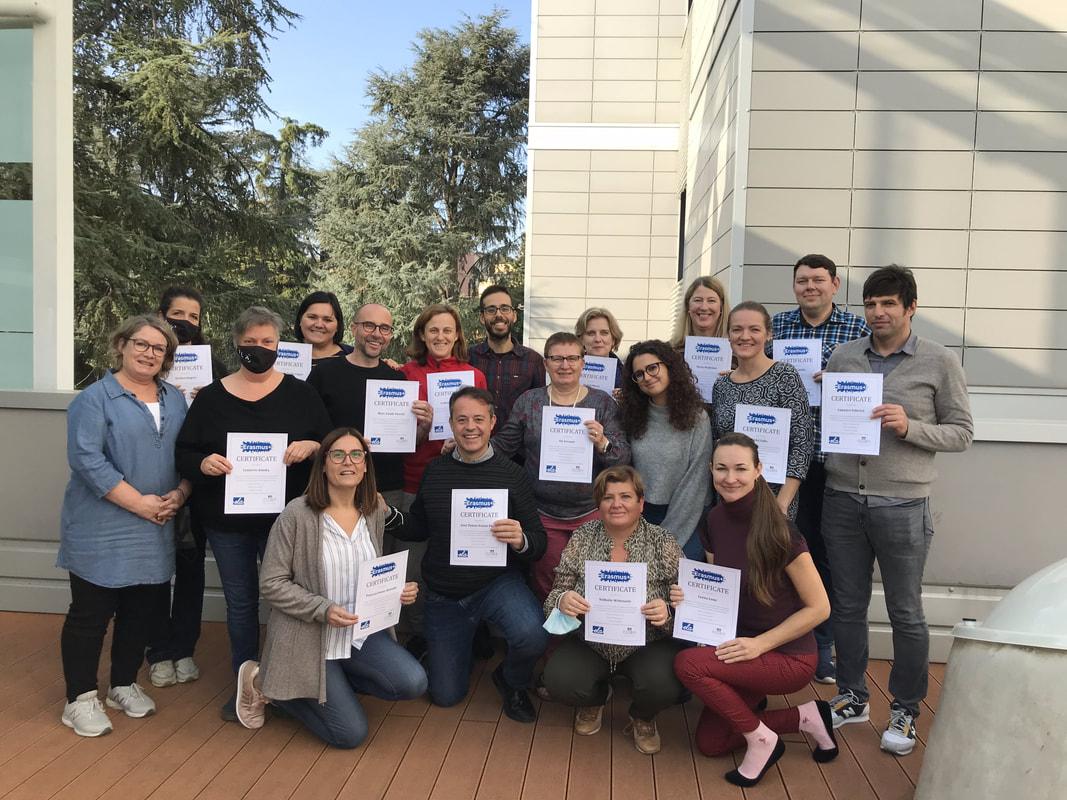
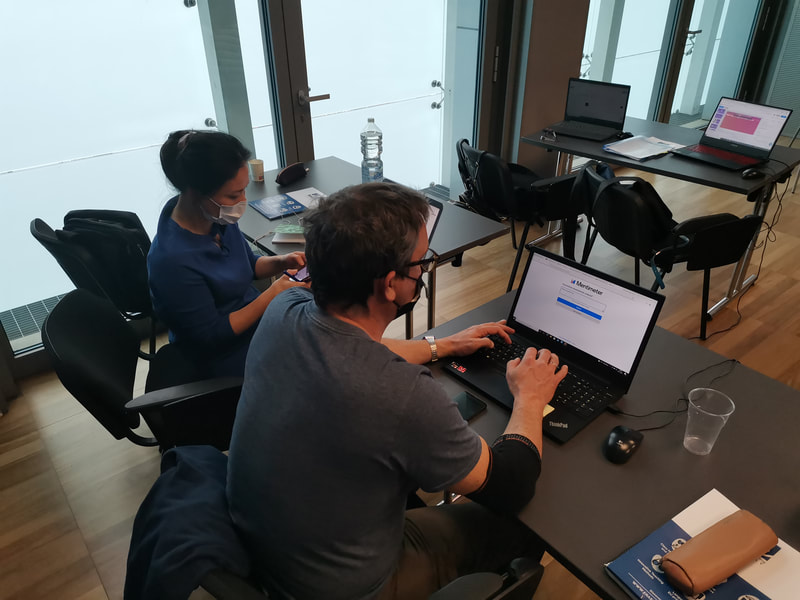
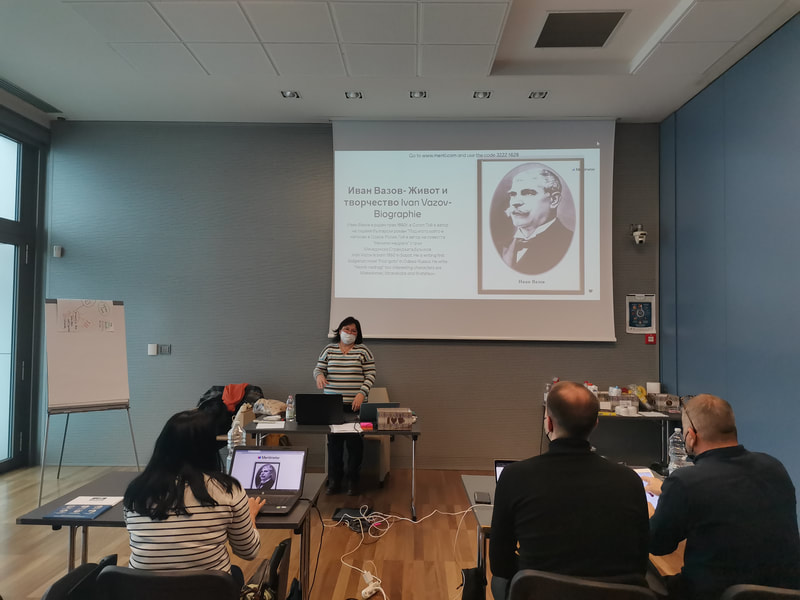
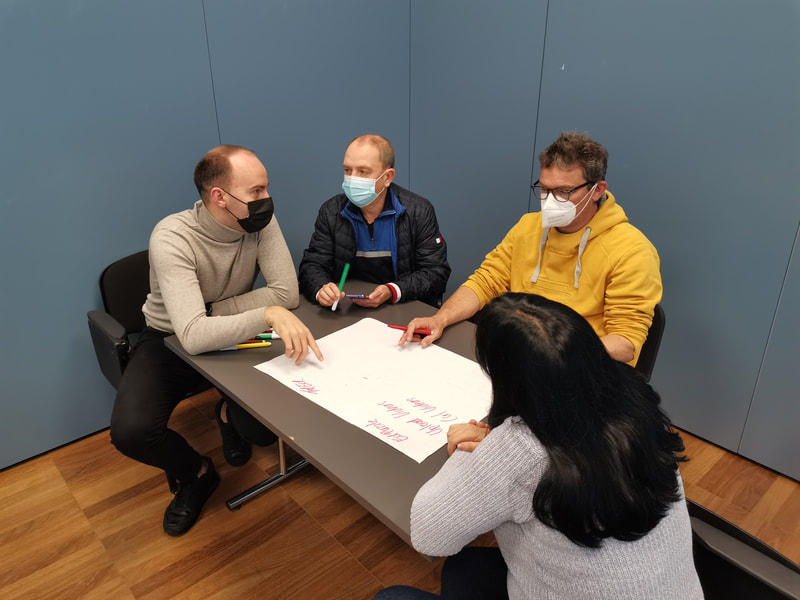
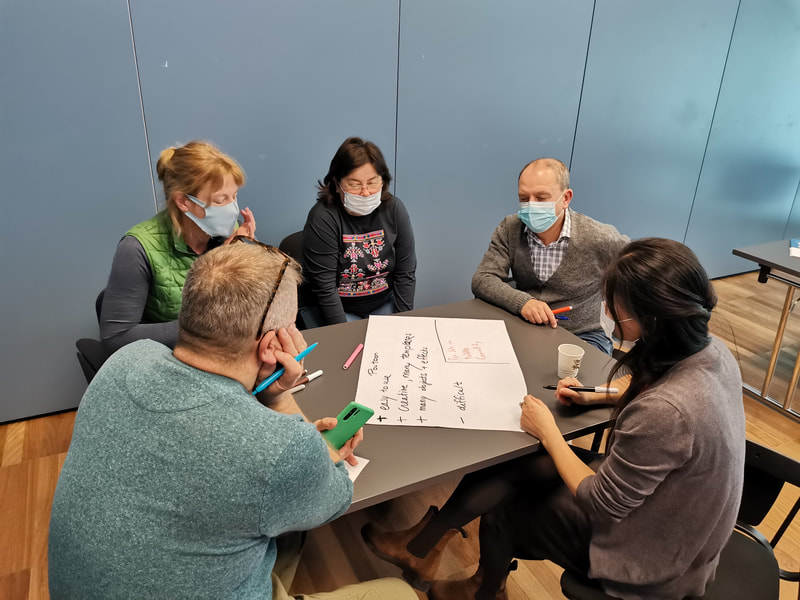
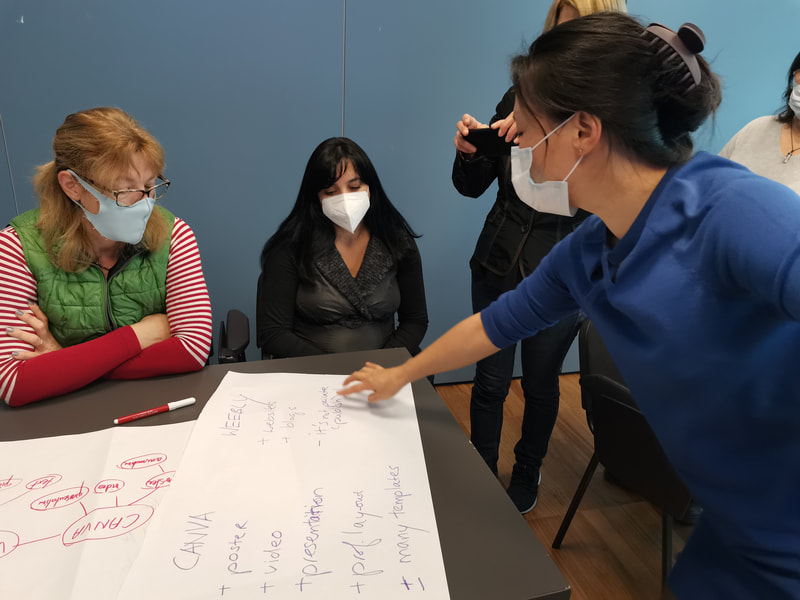
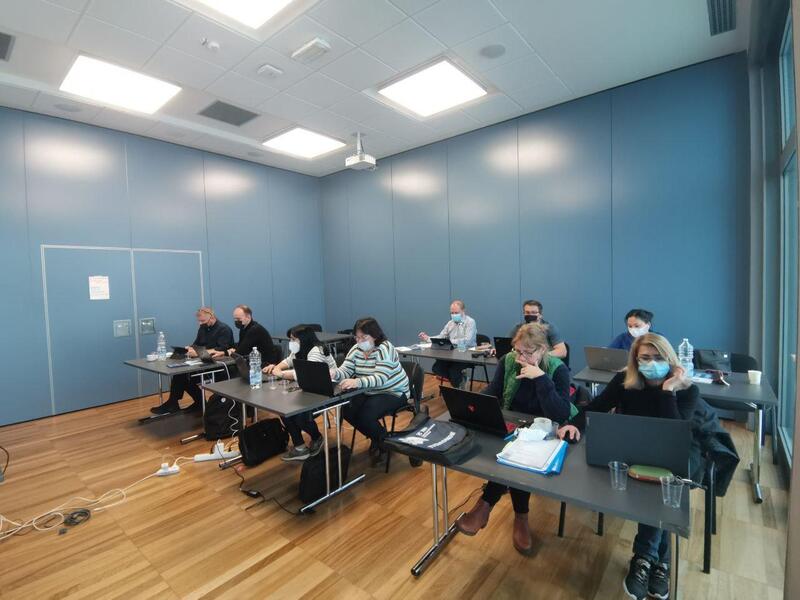
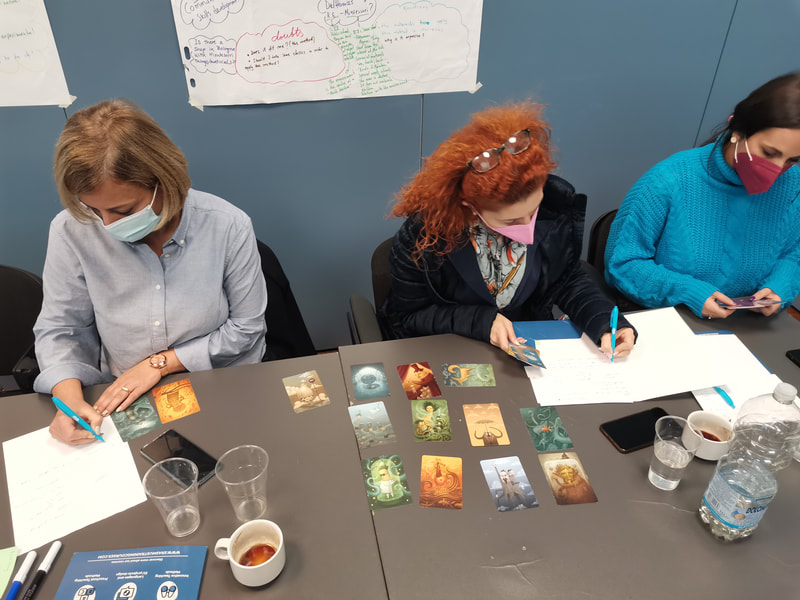
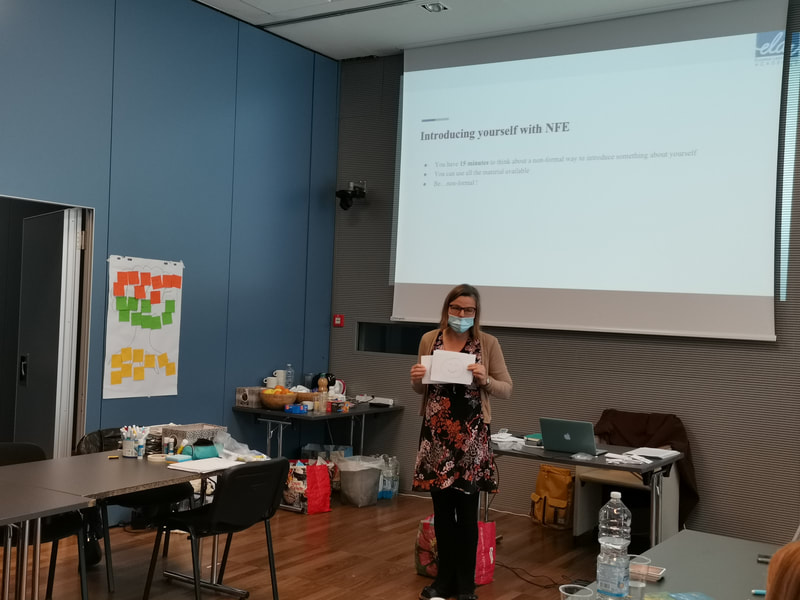
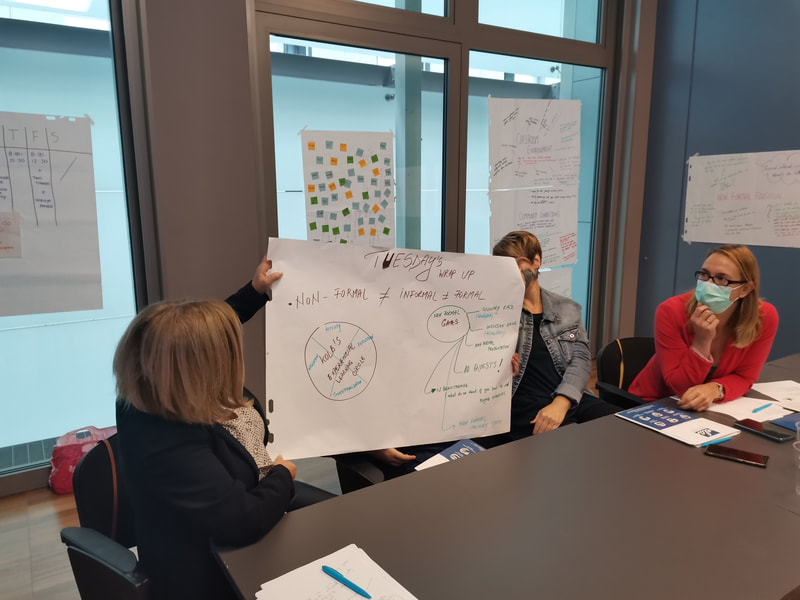
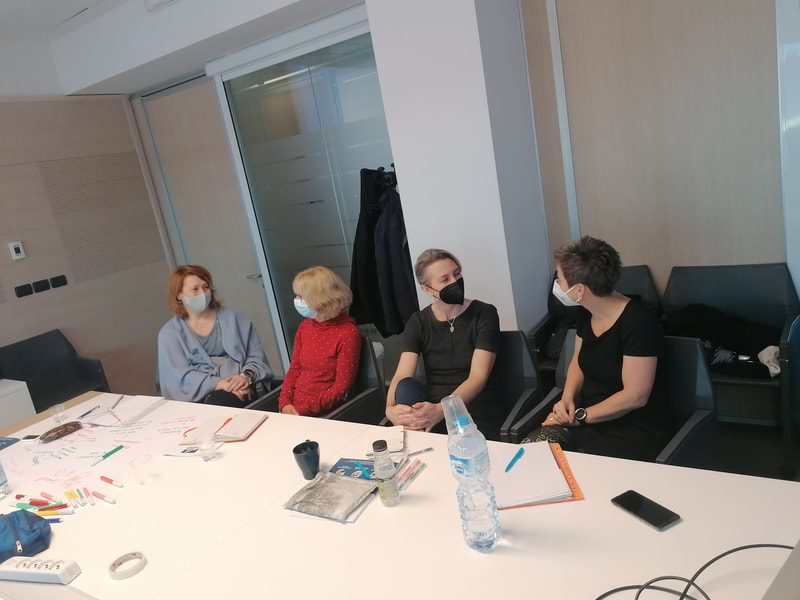
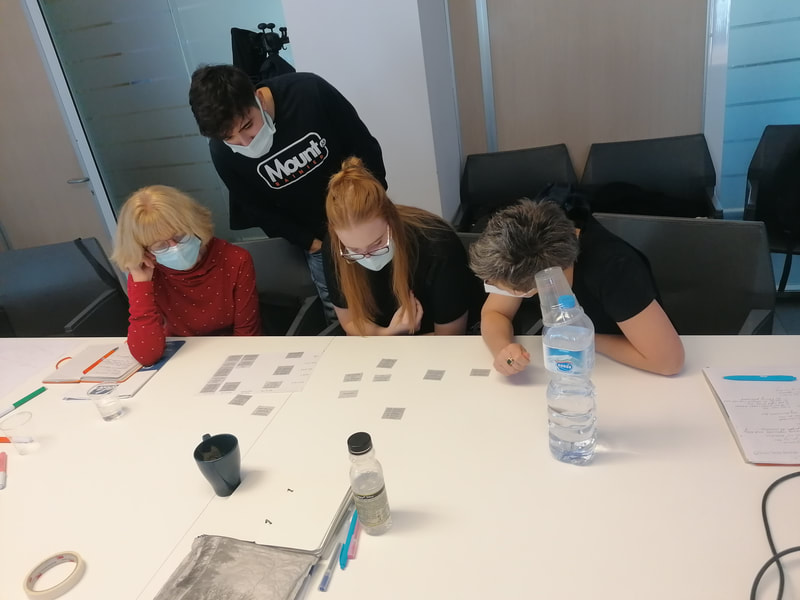
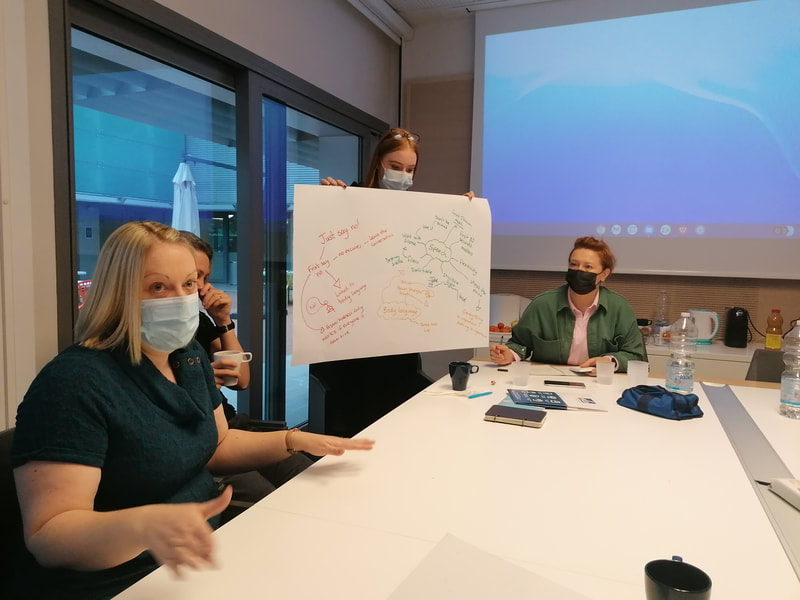
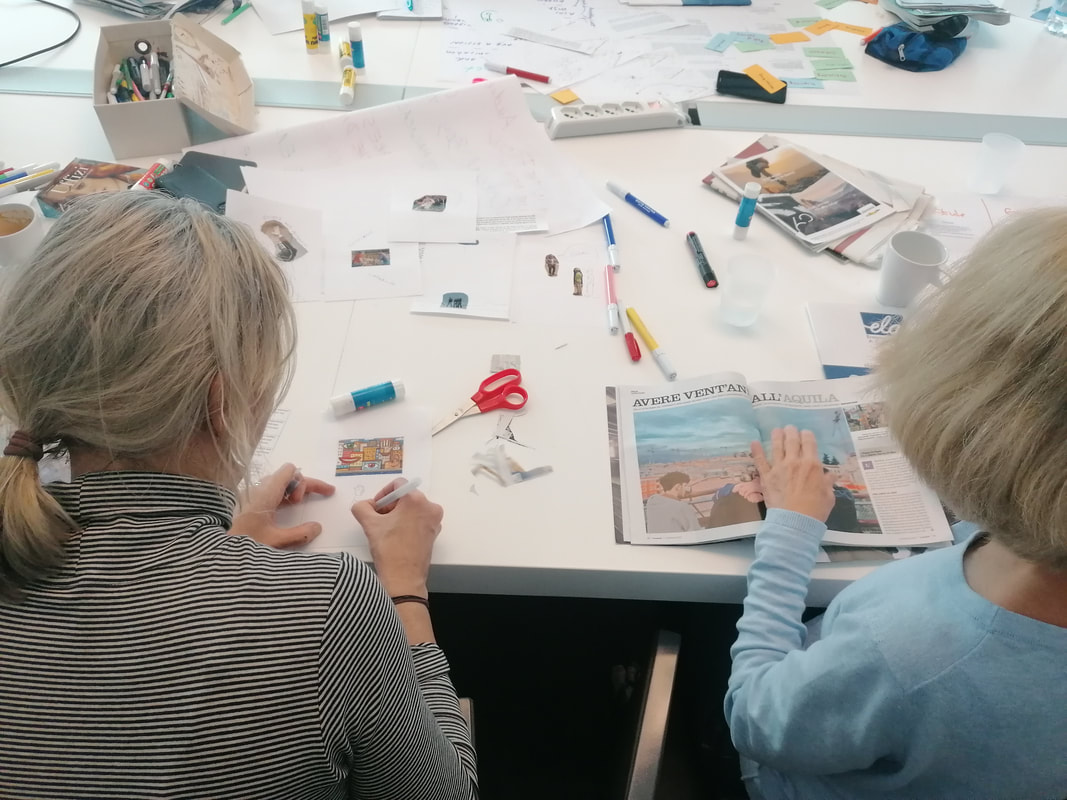
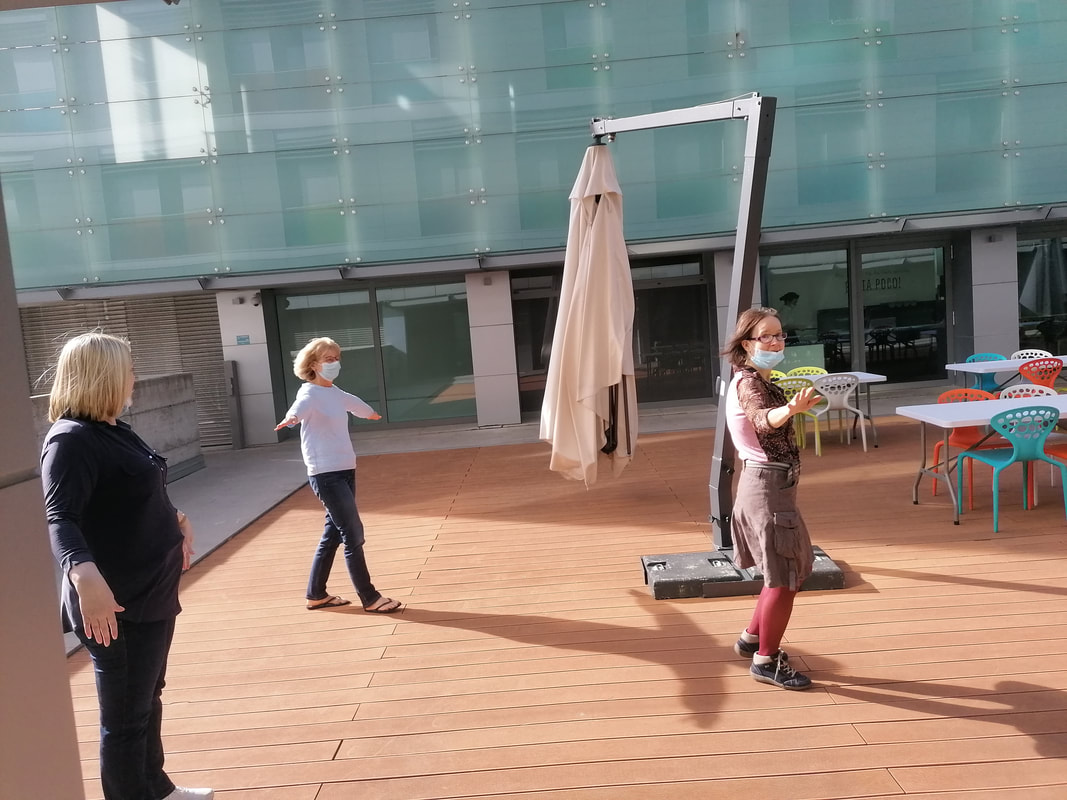
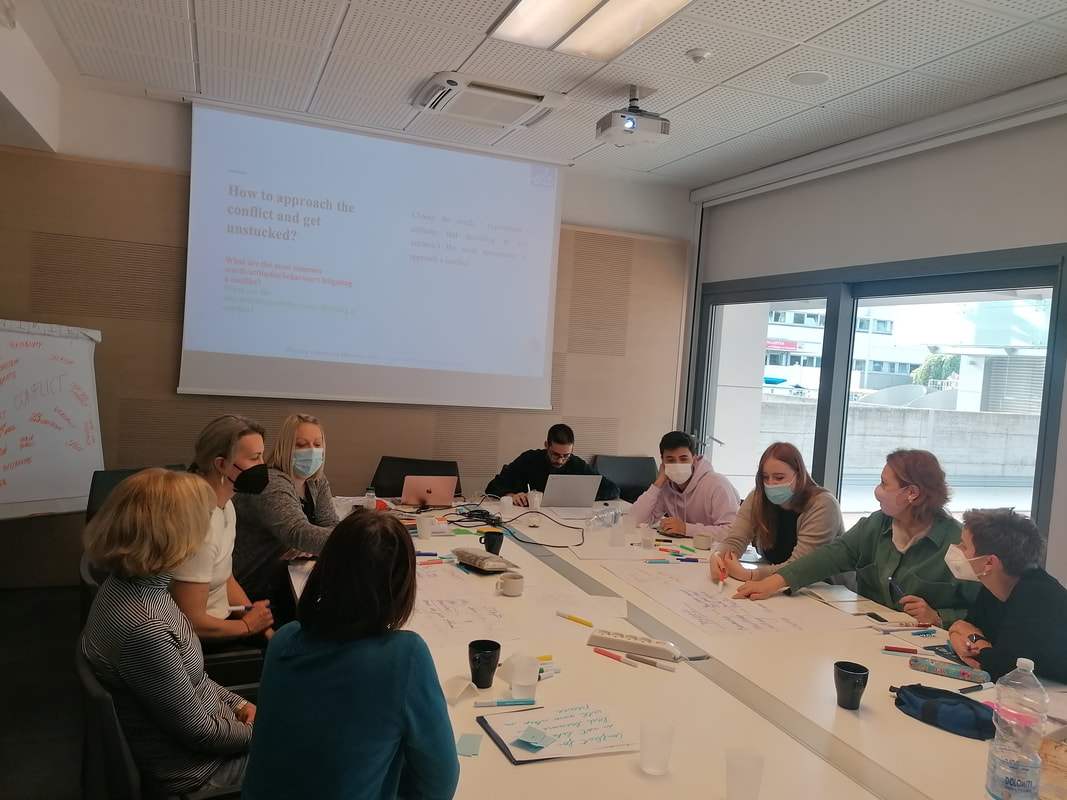
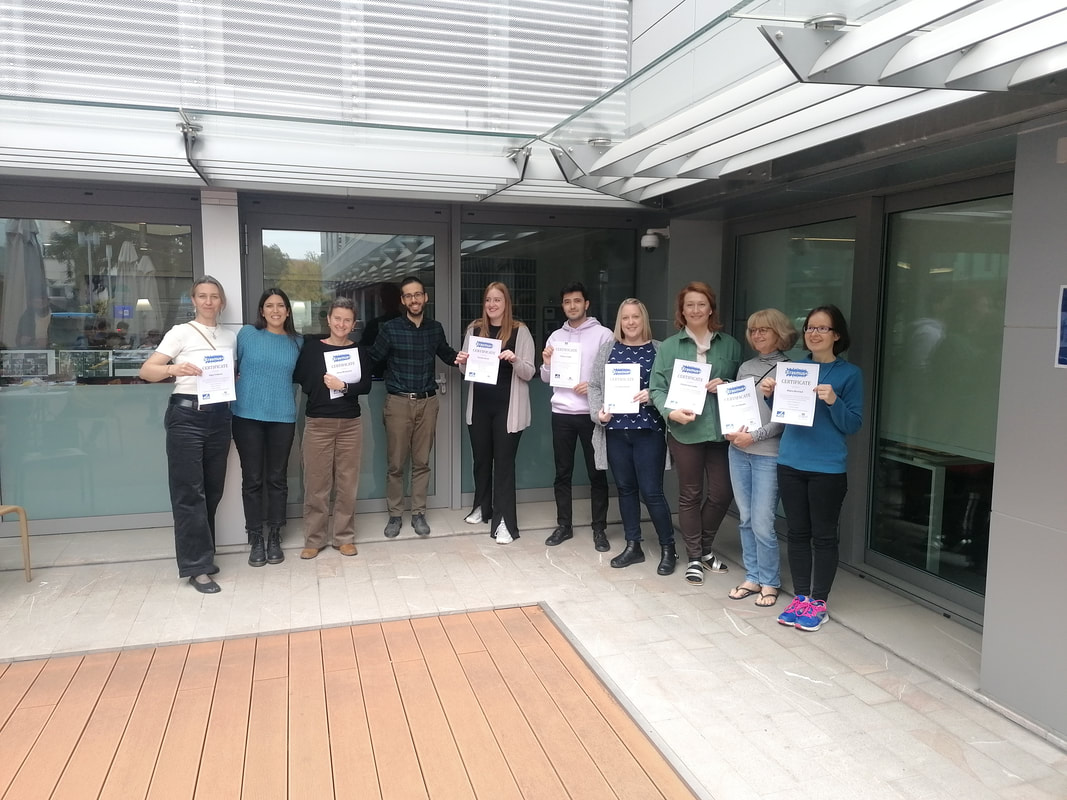
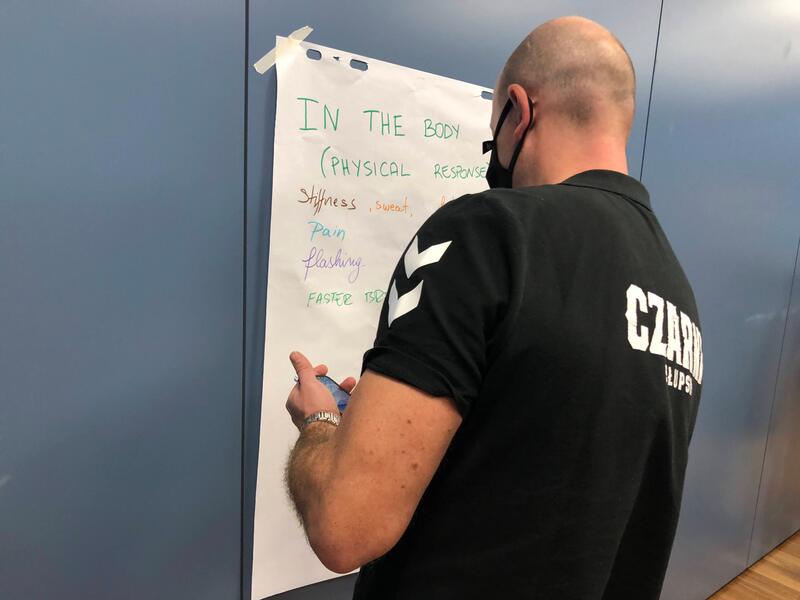
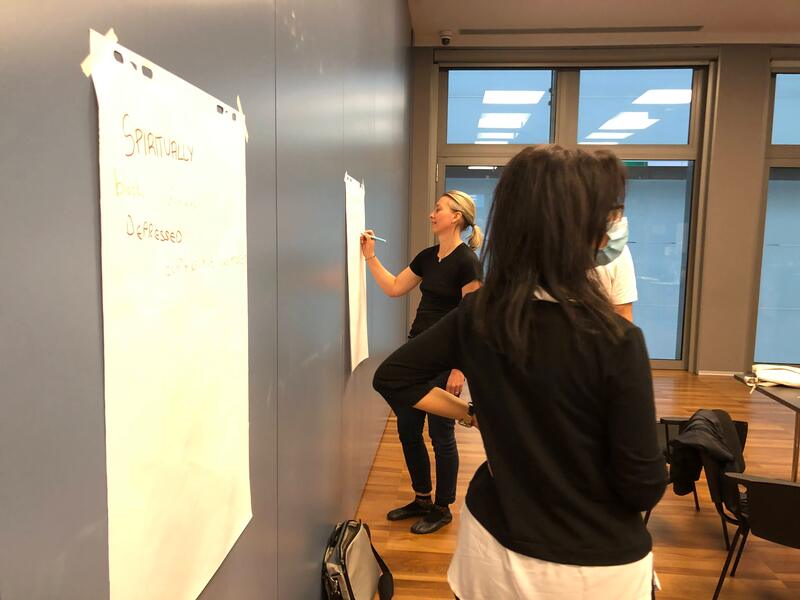
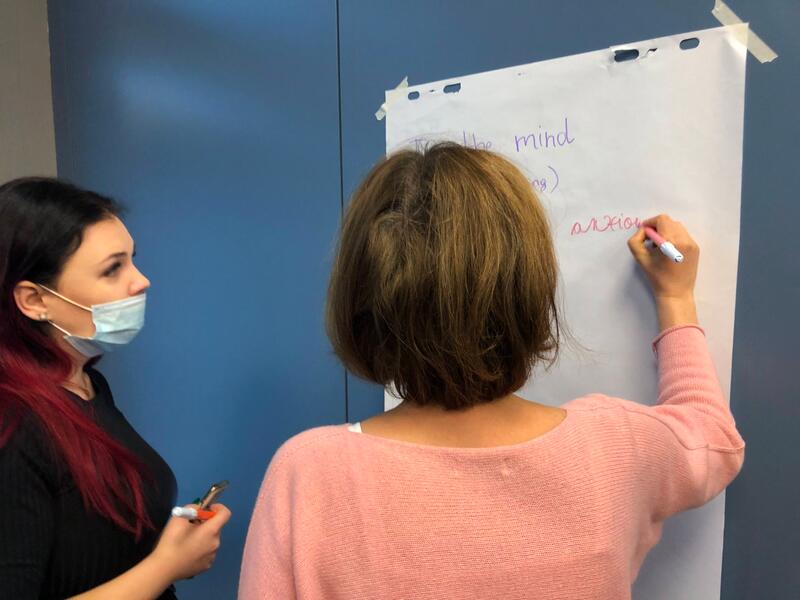
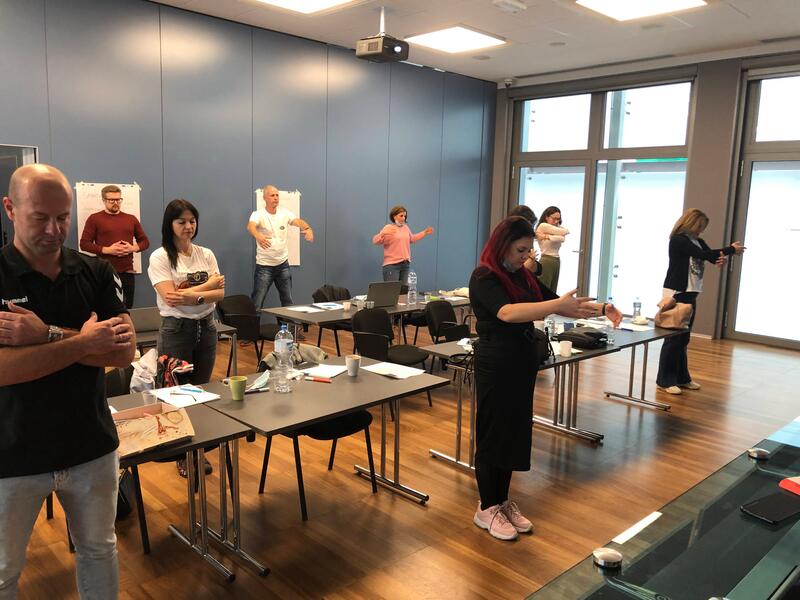
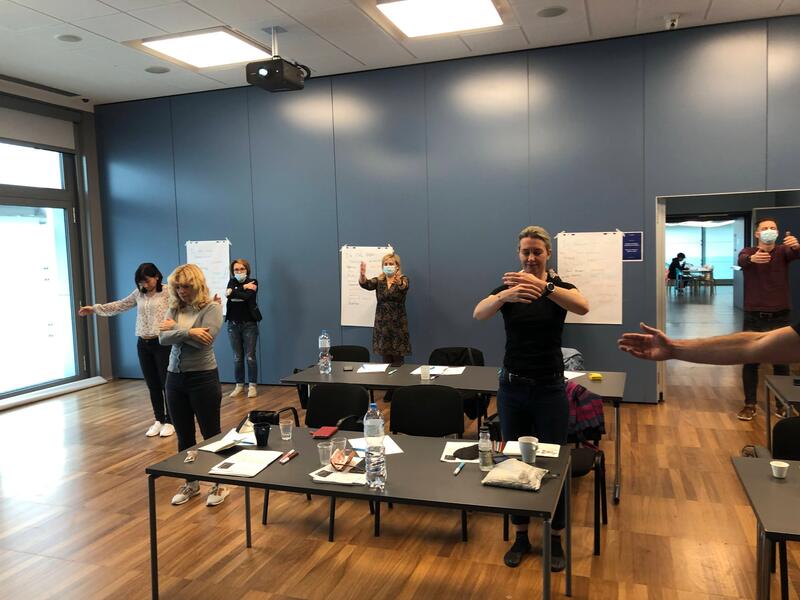
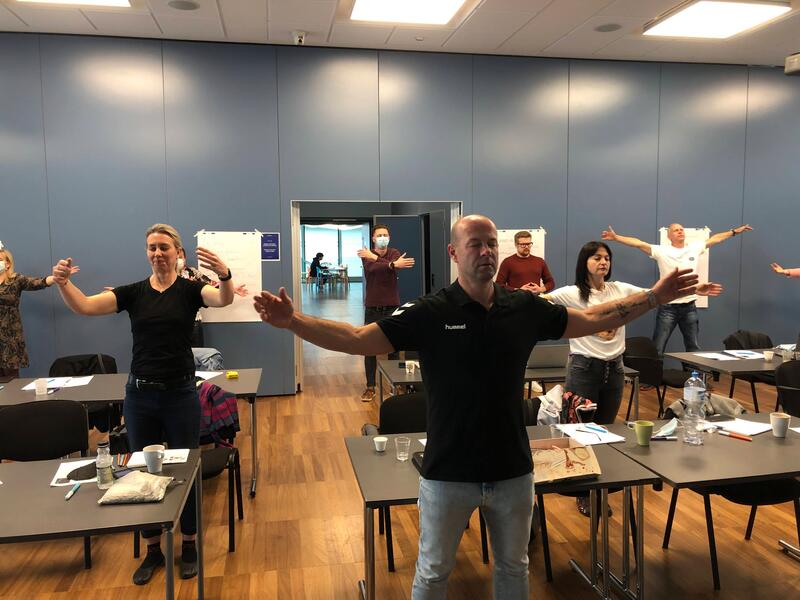
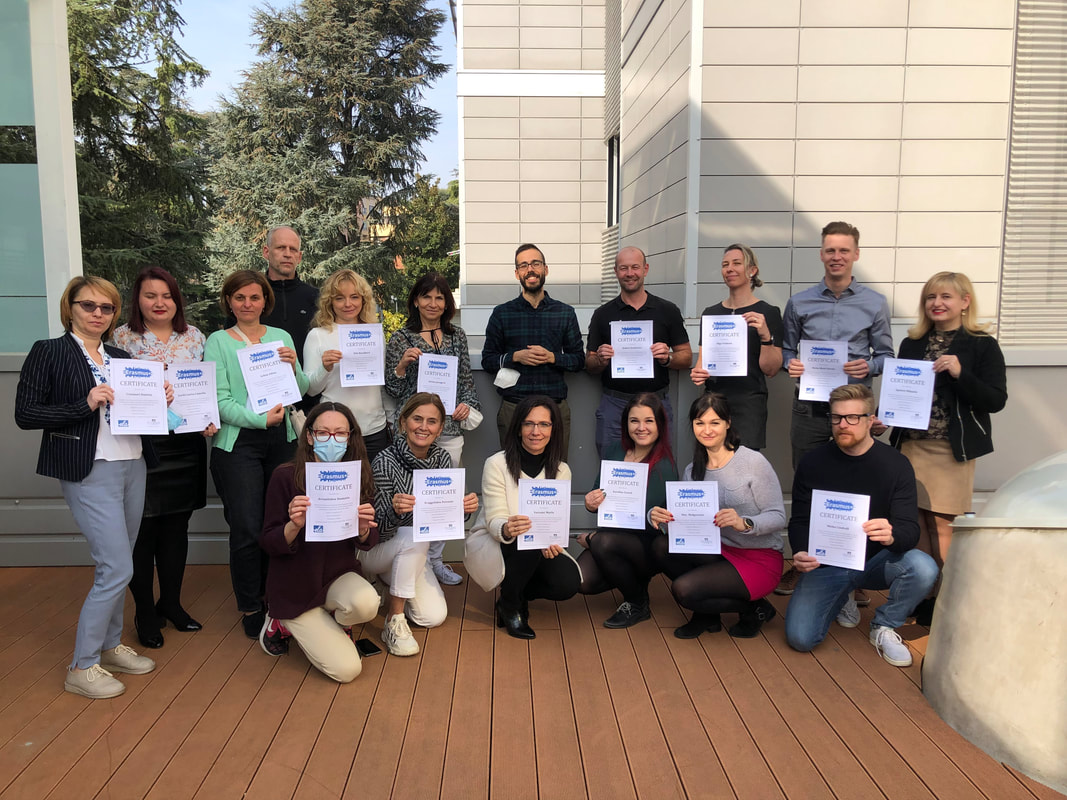
 RSS Feed
RSS Feed
